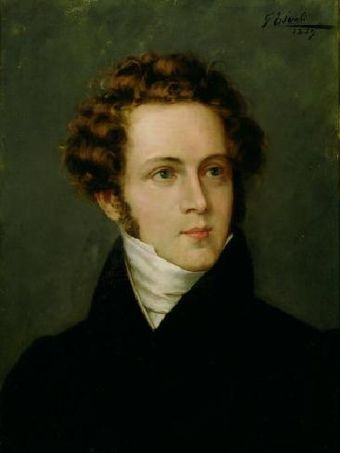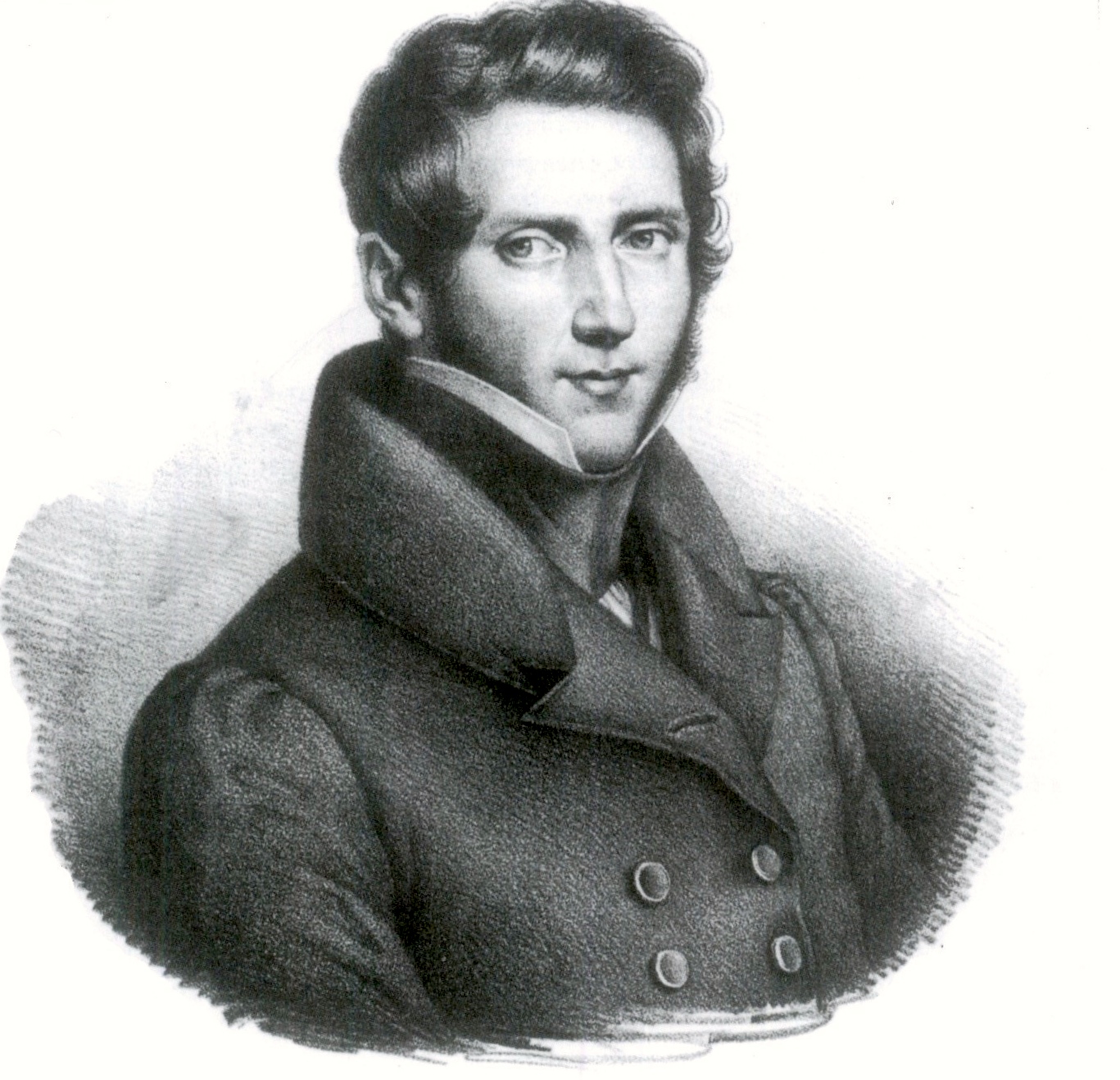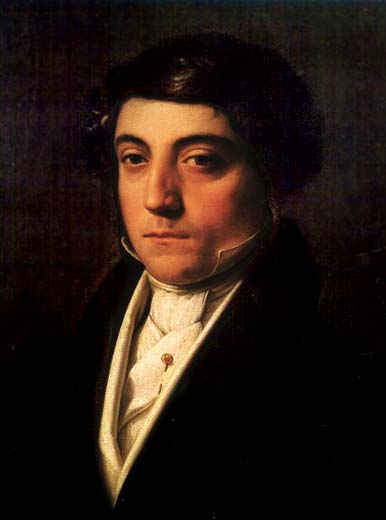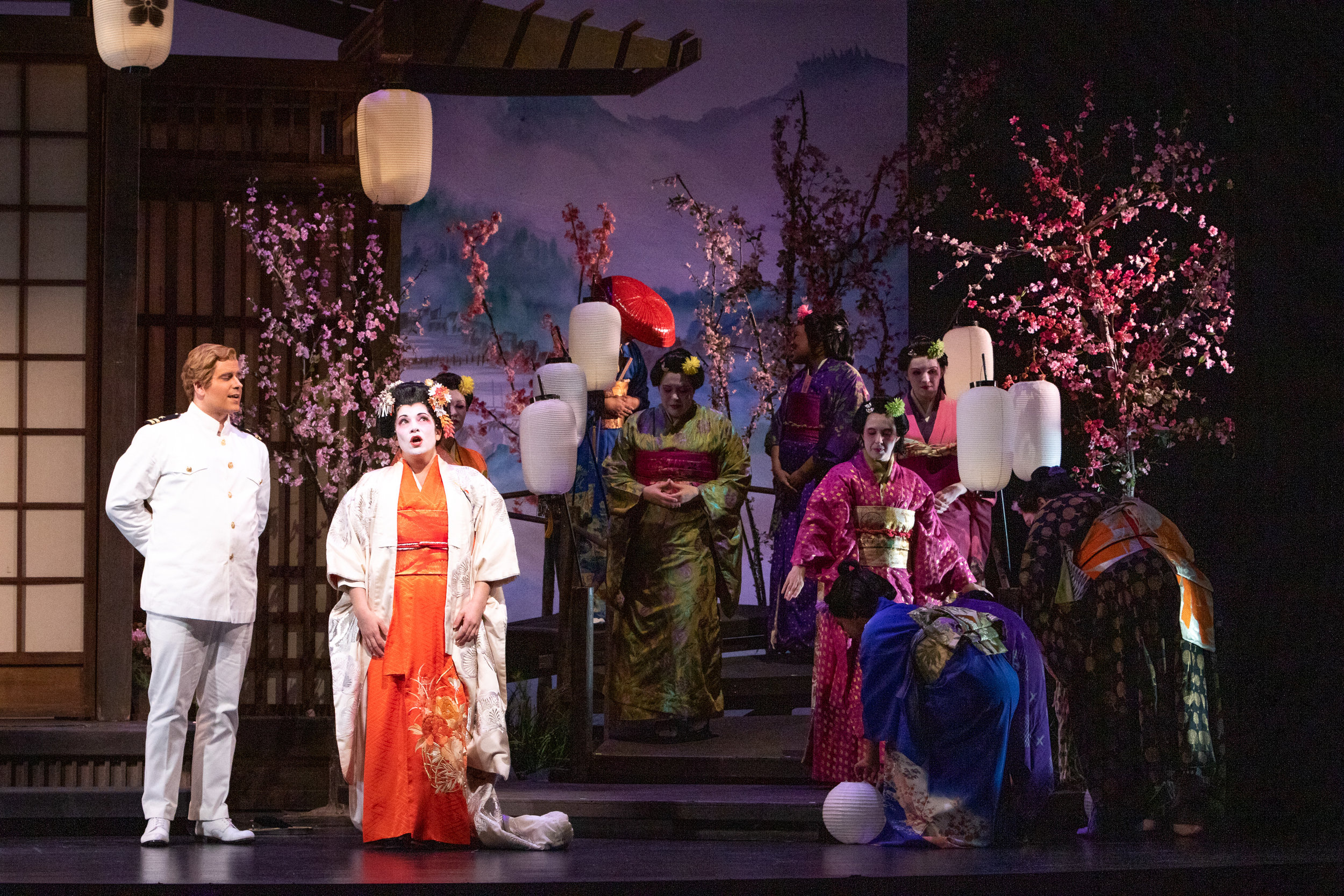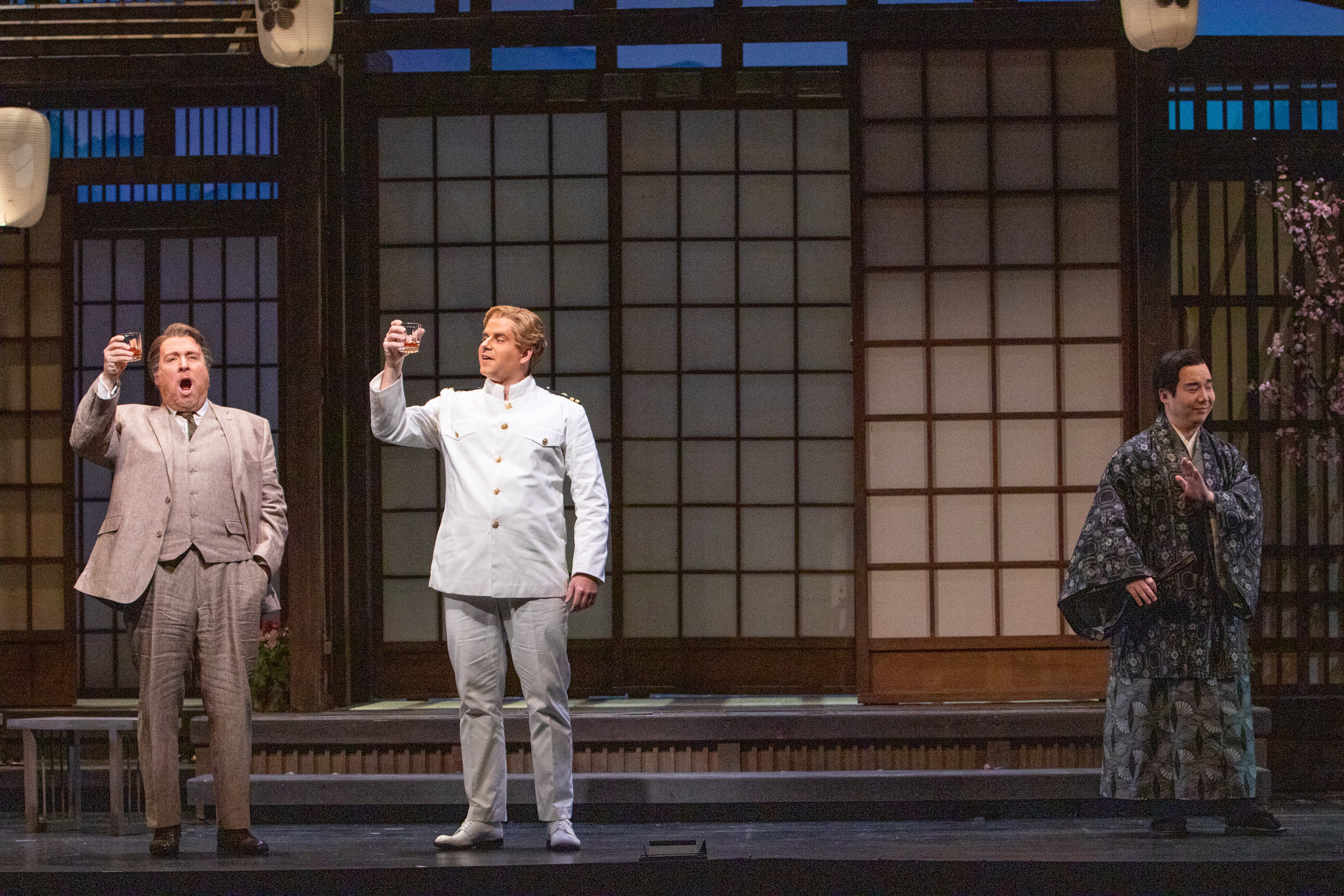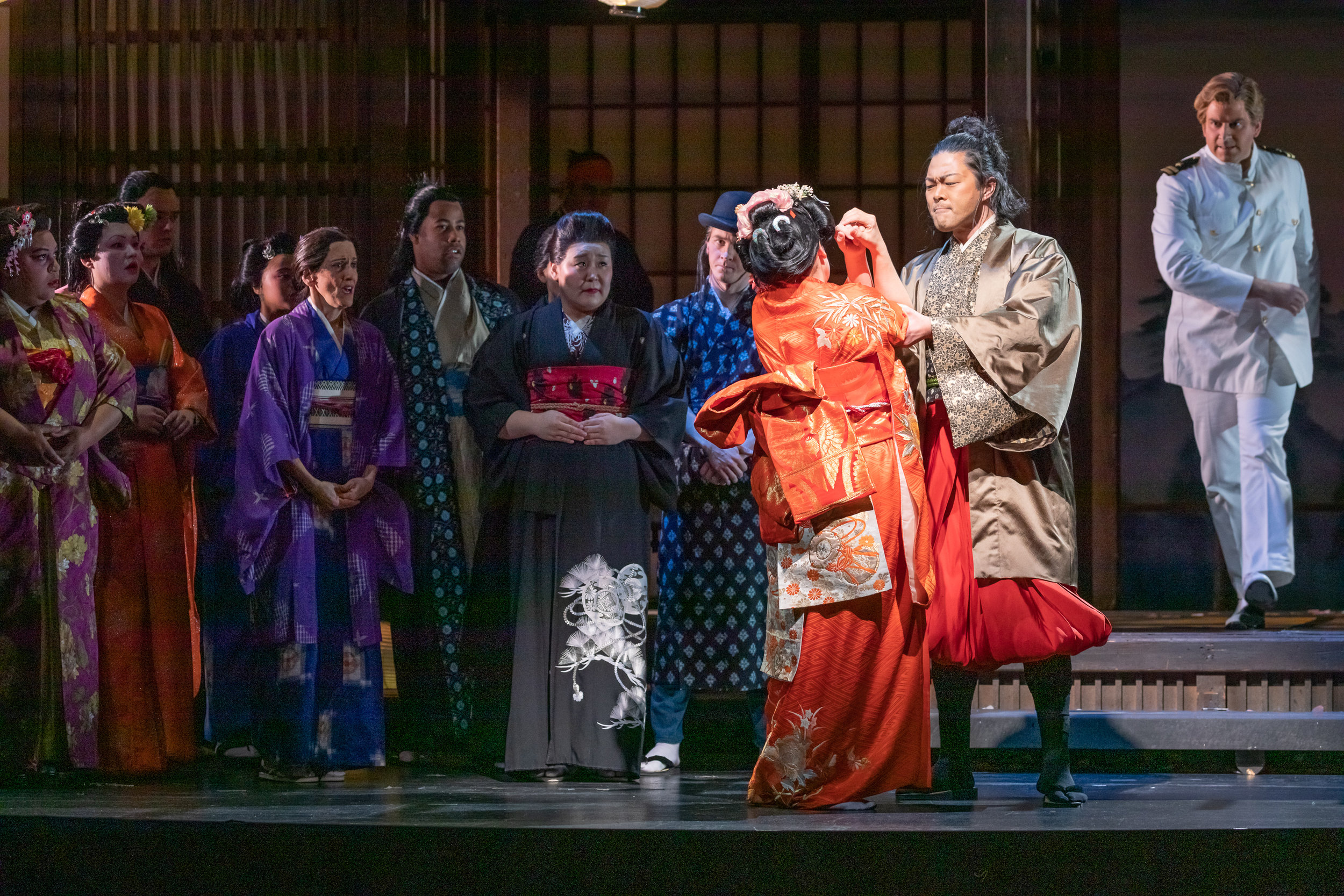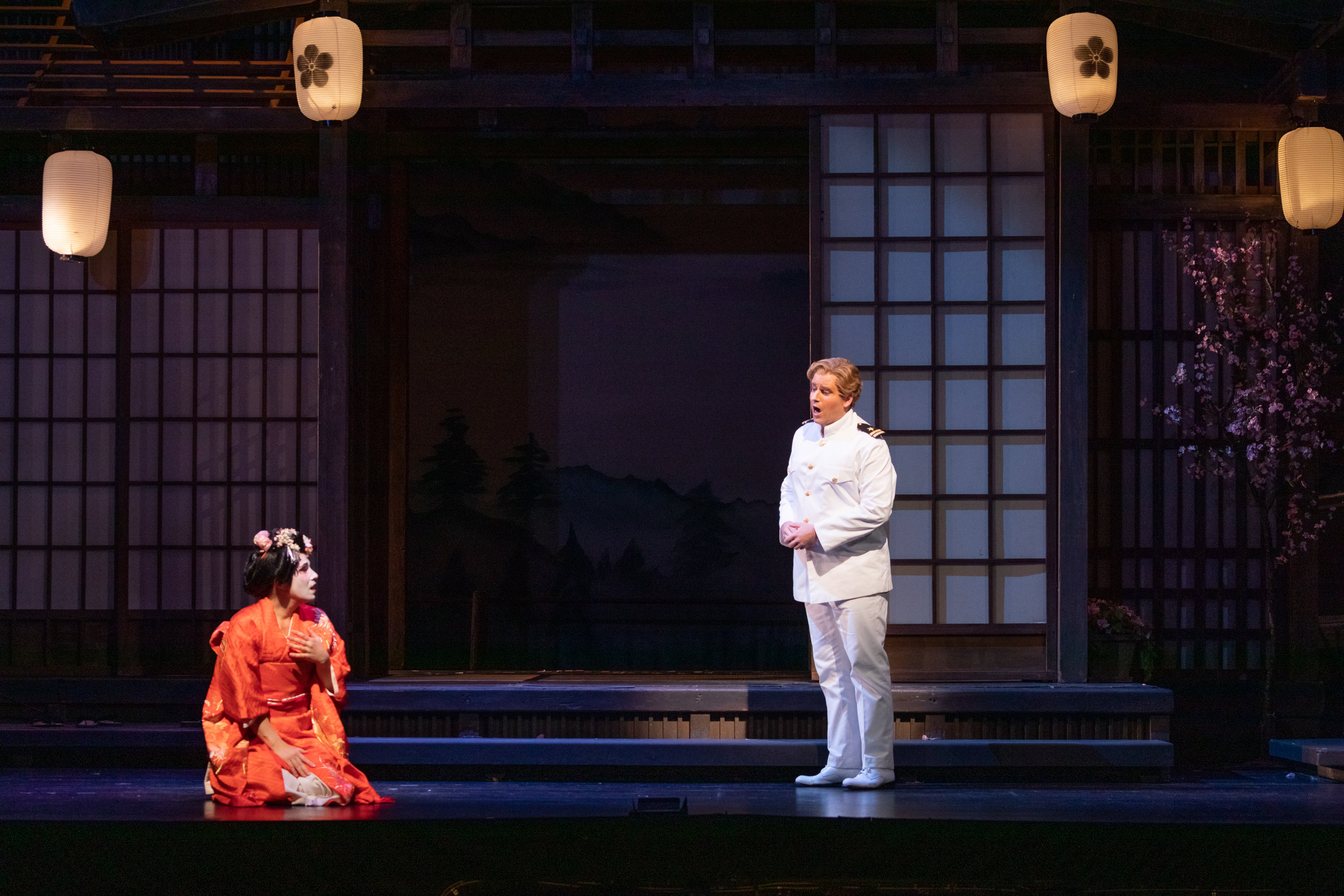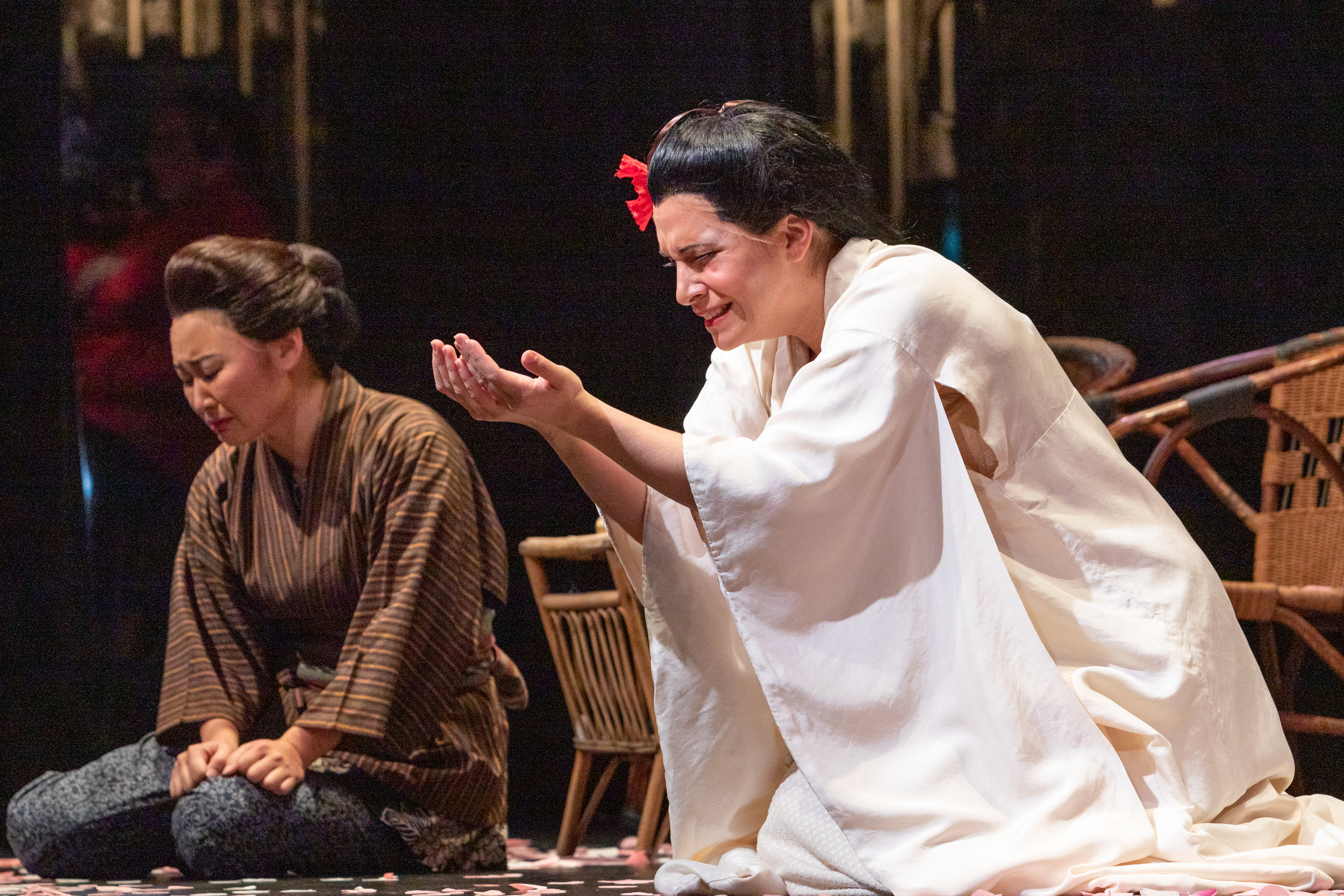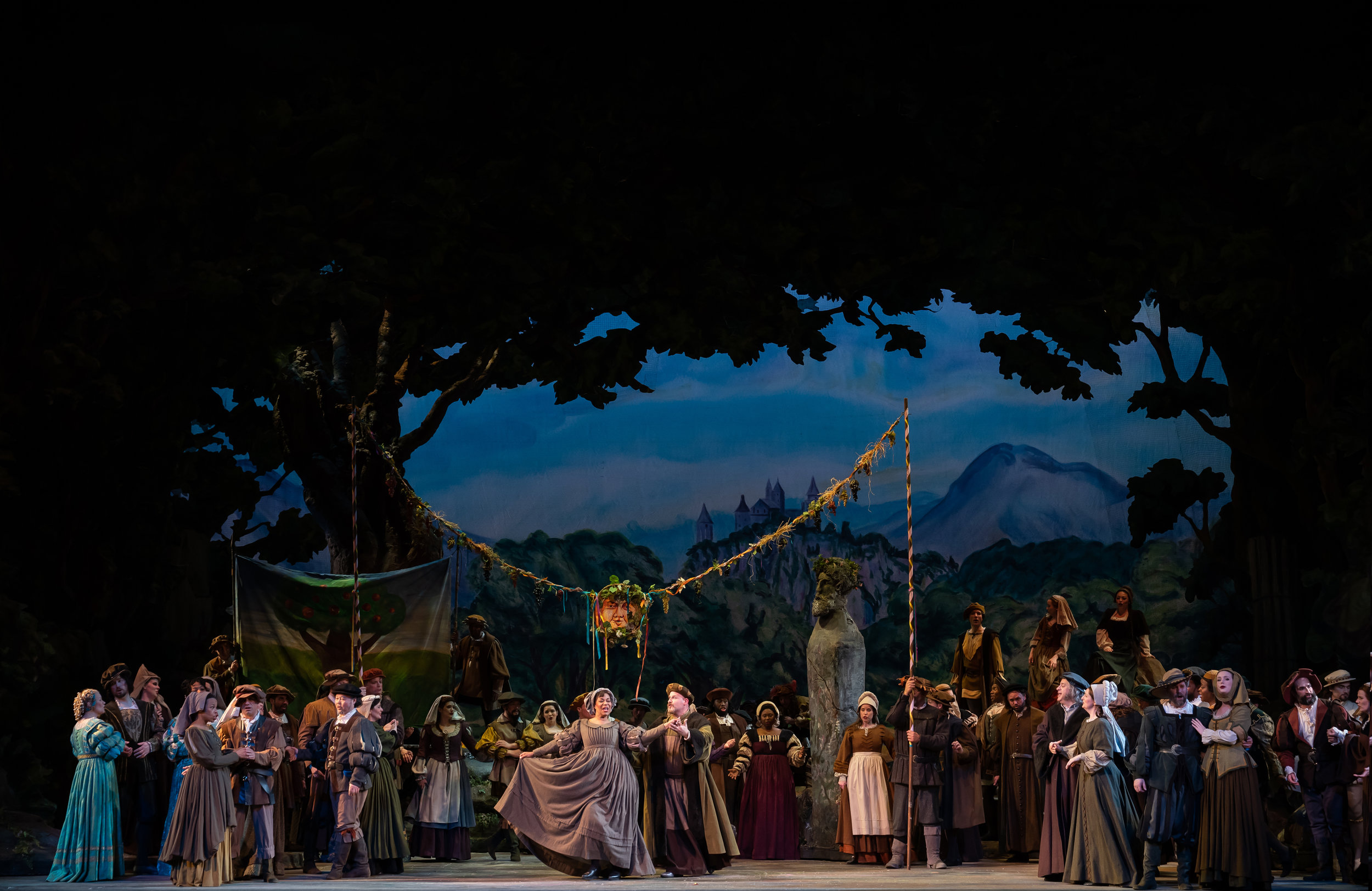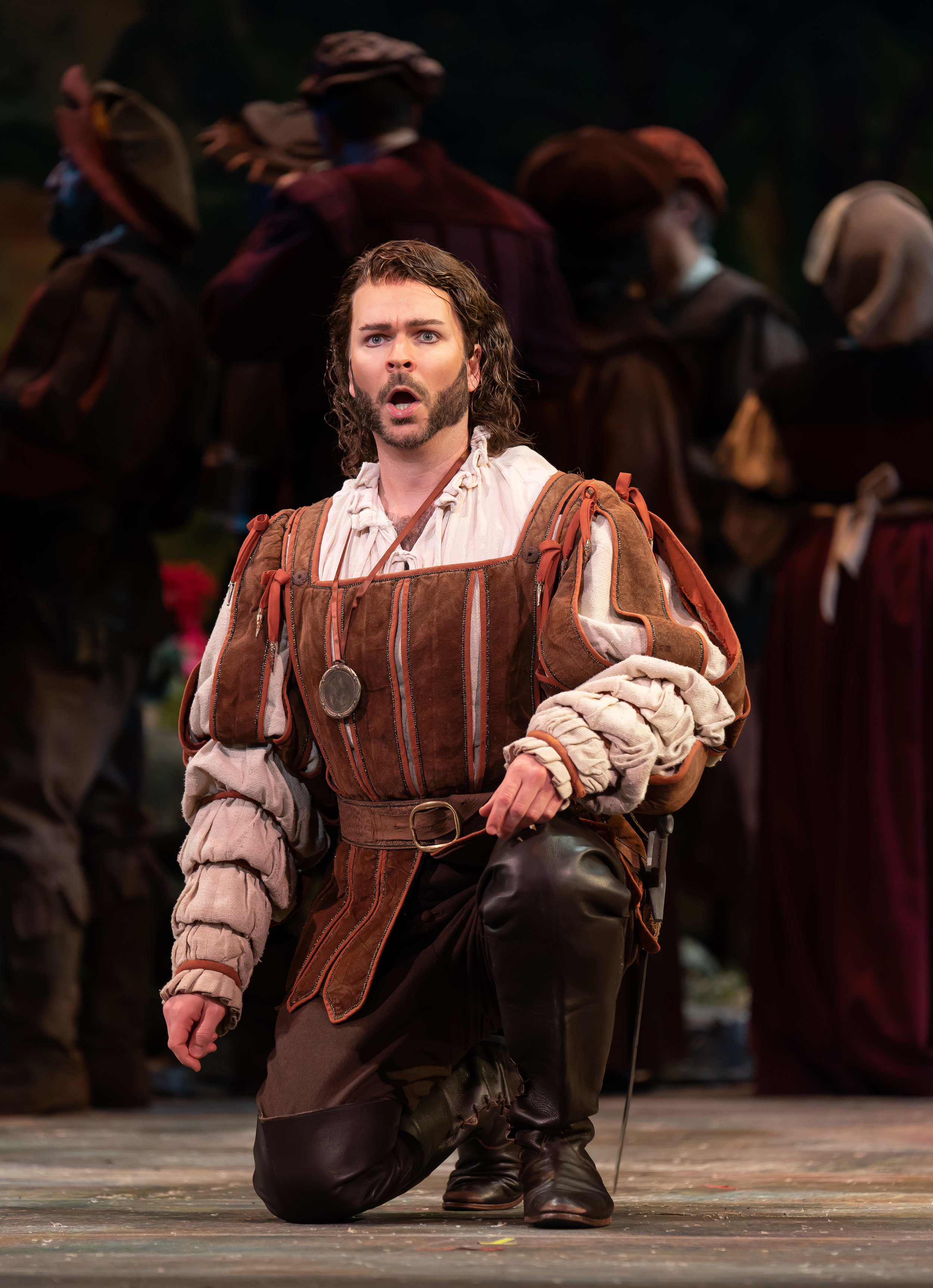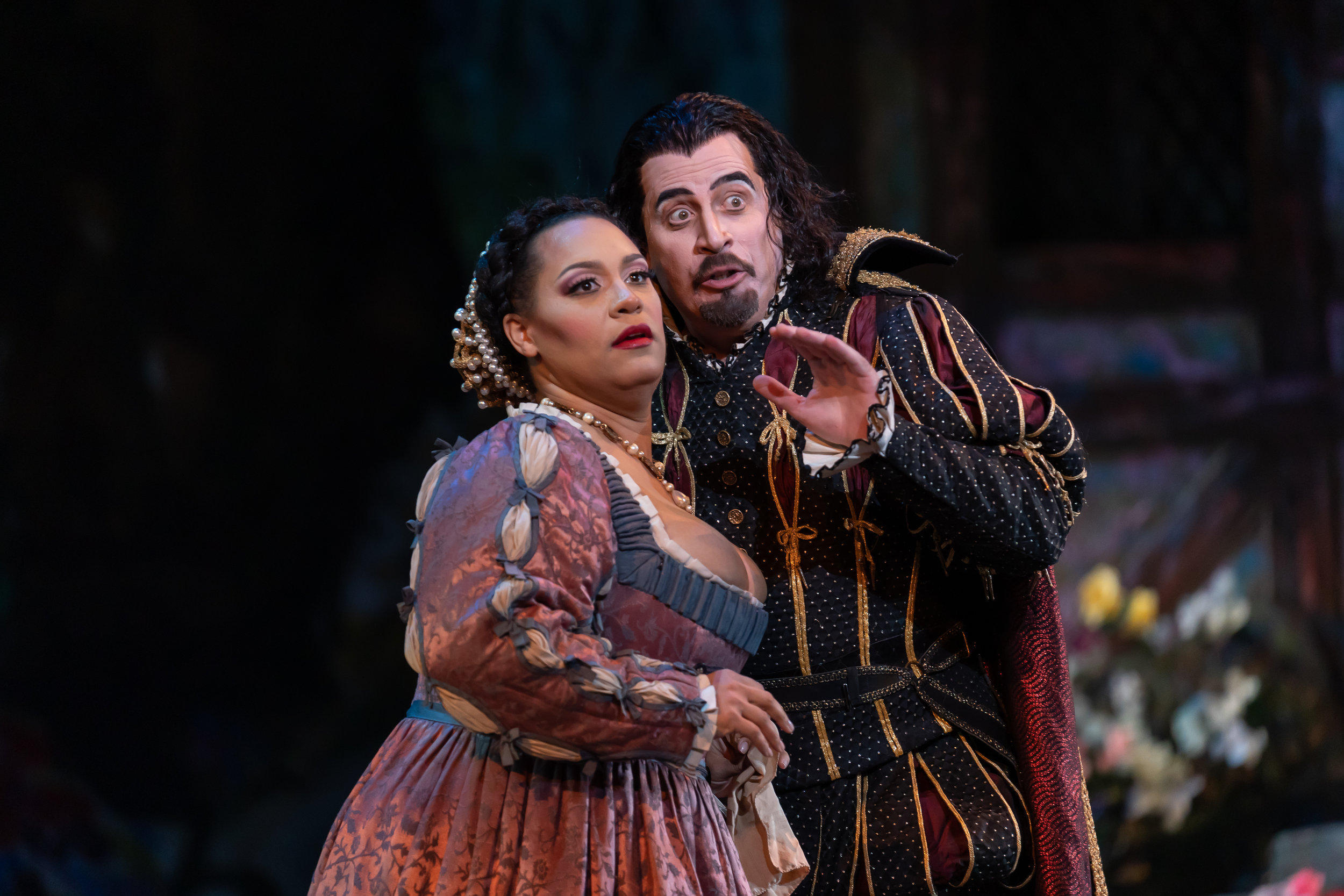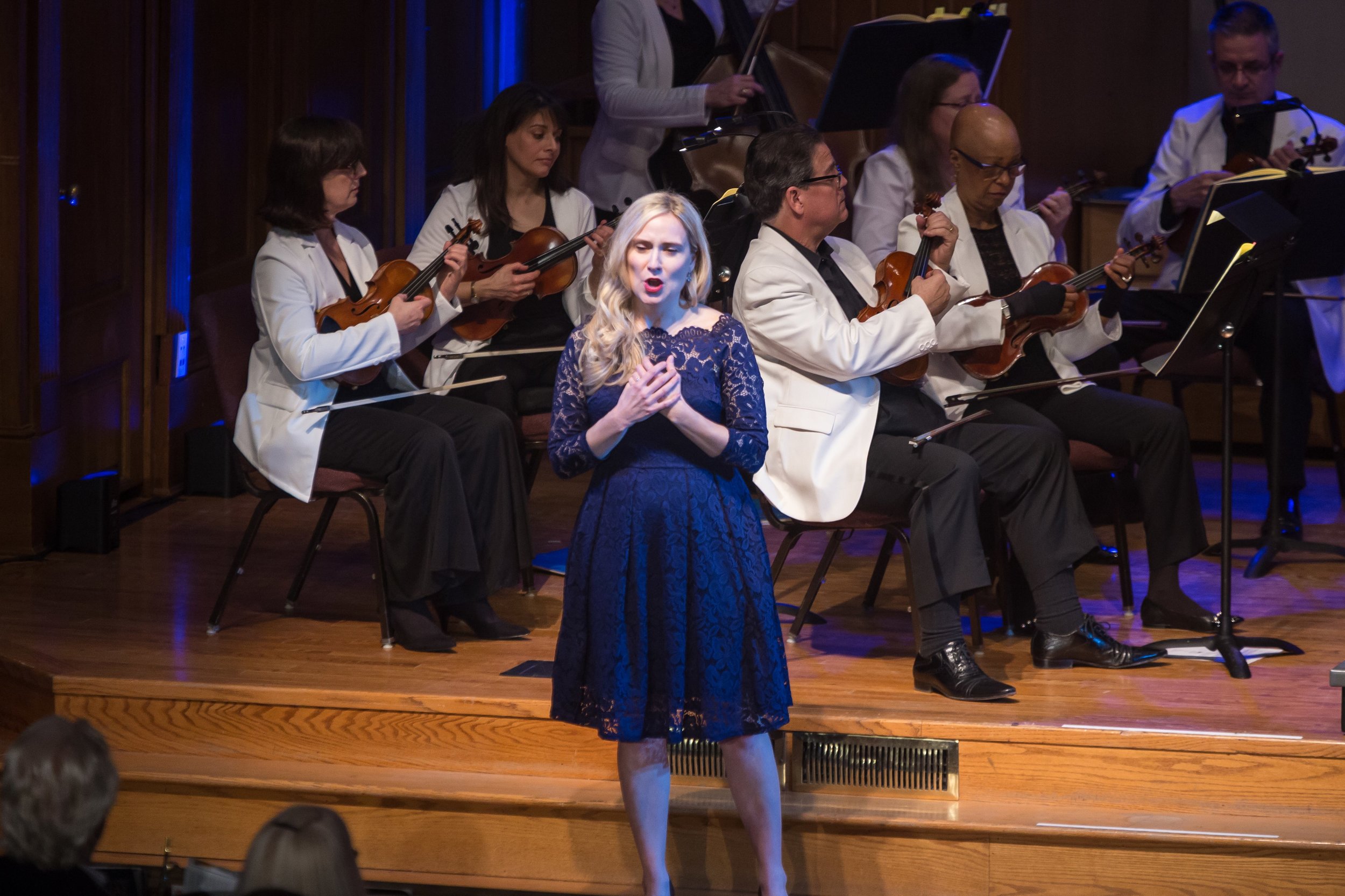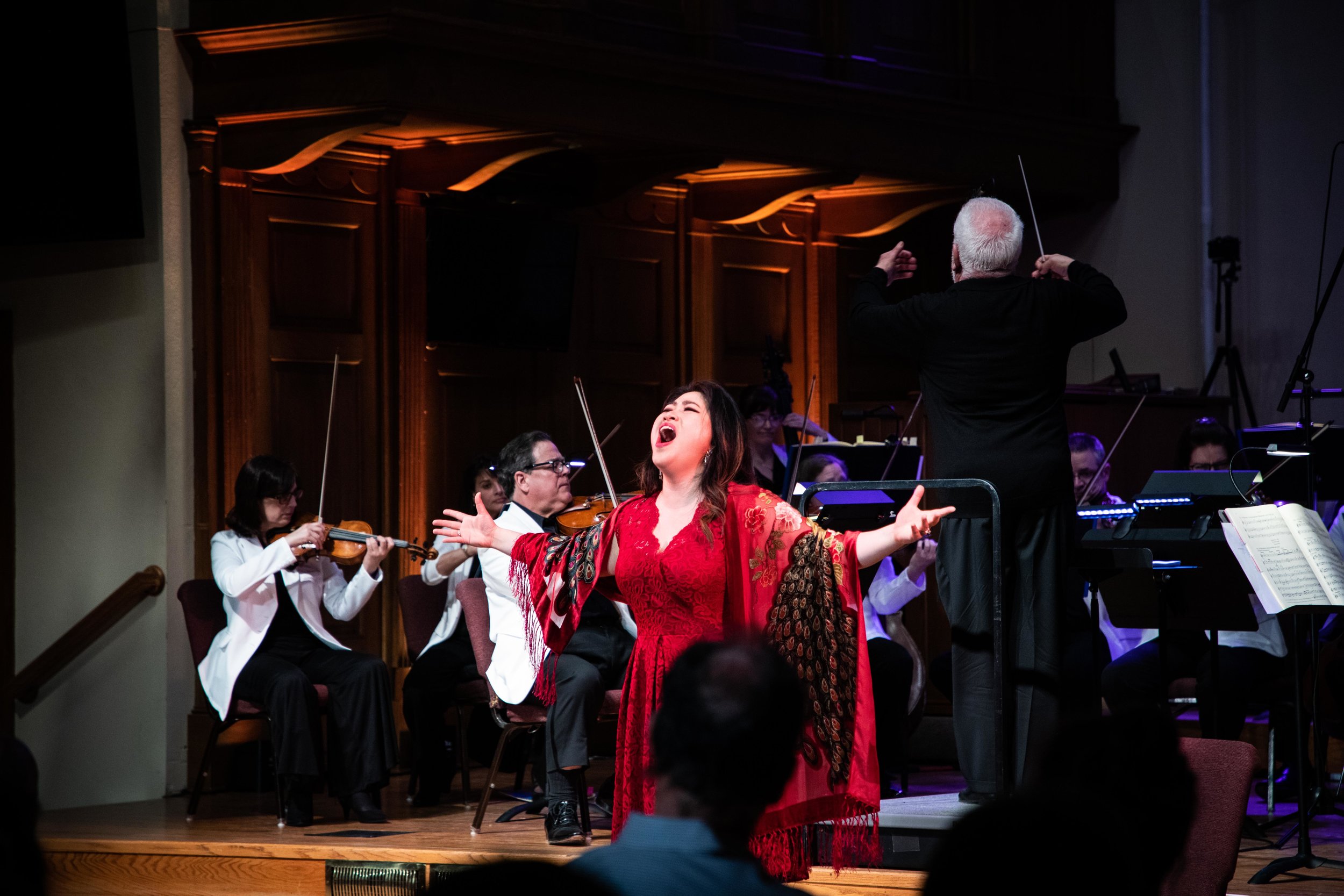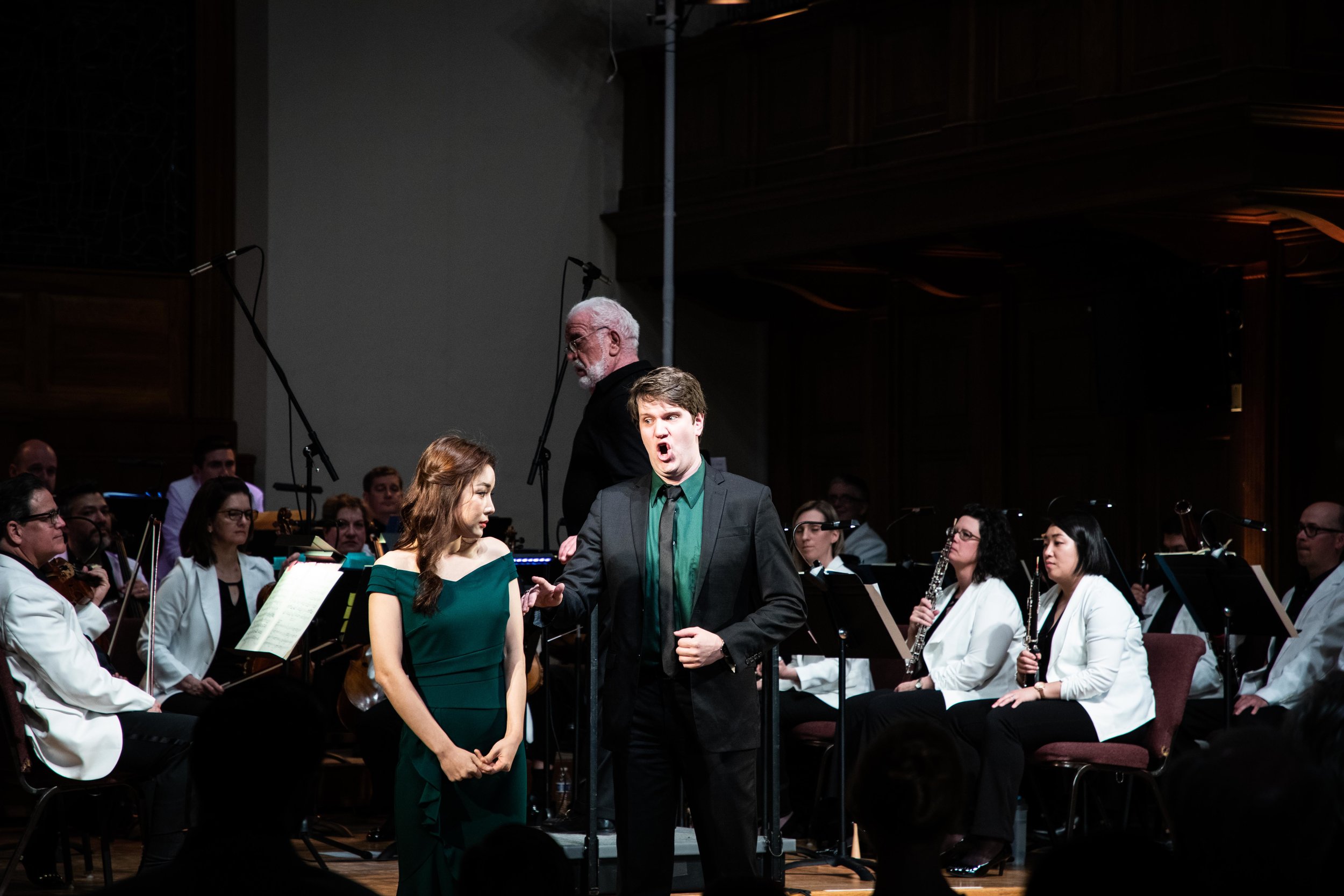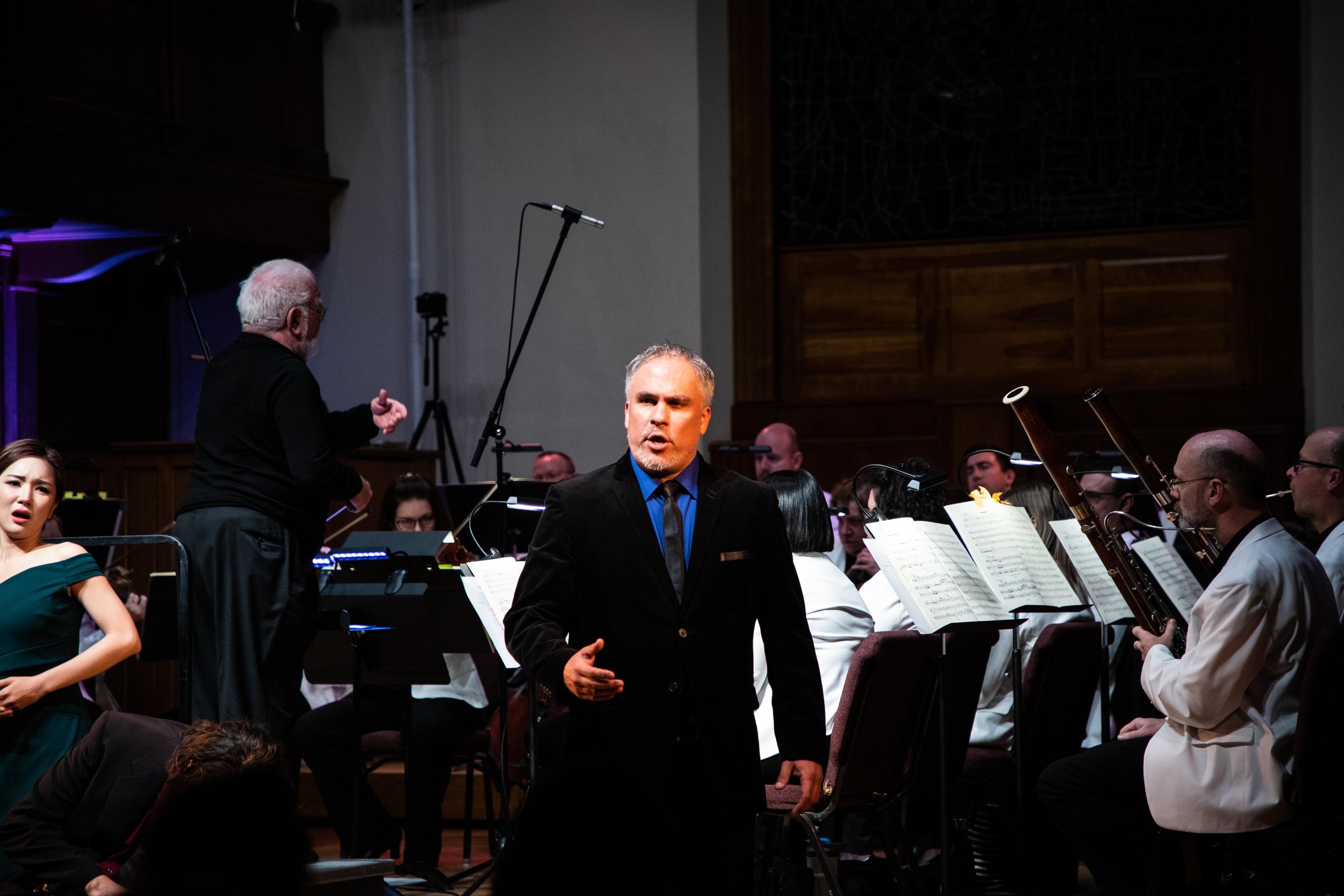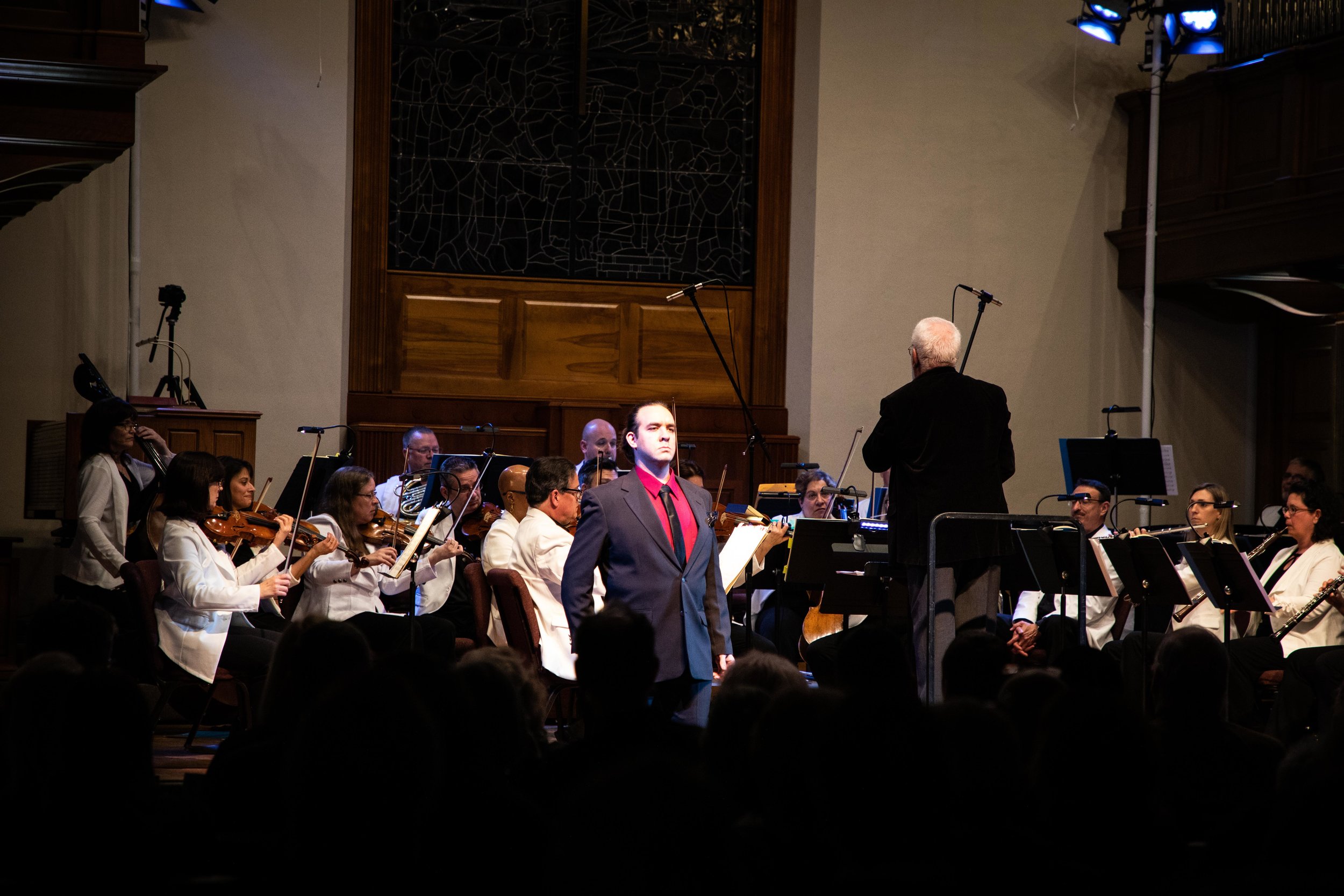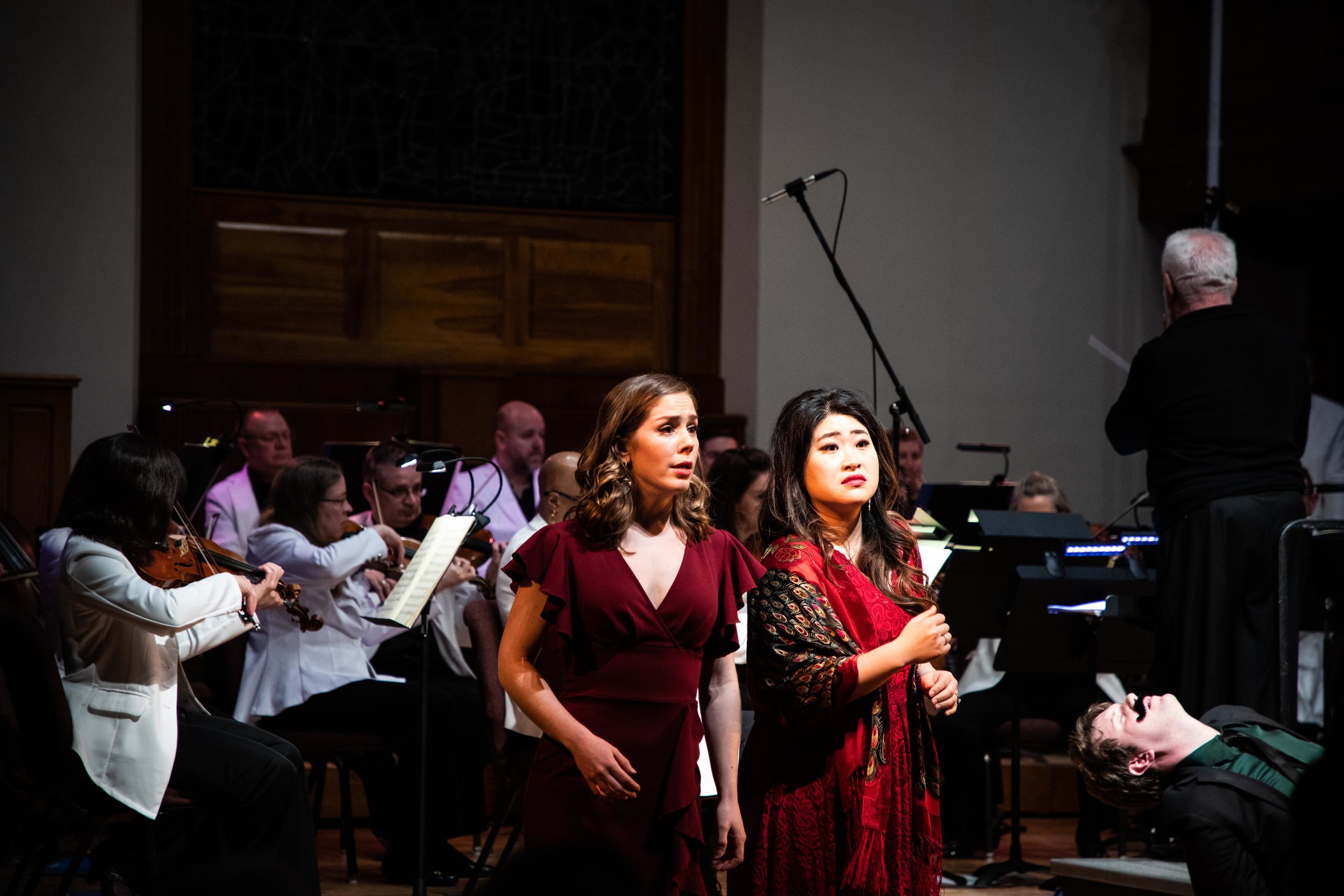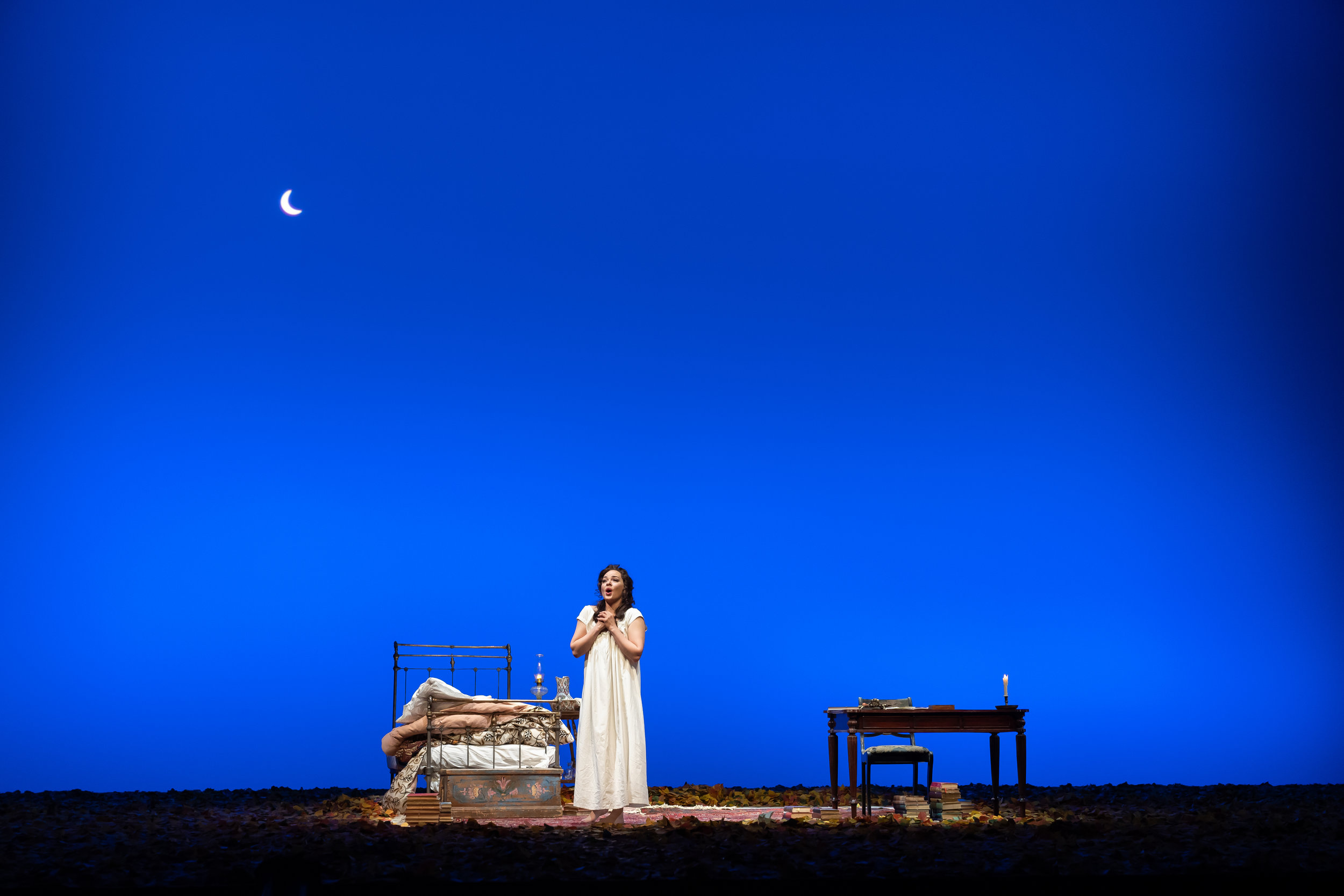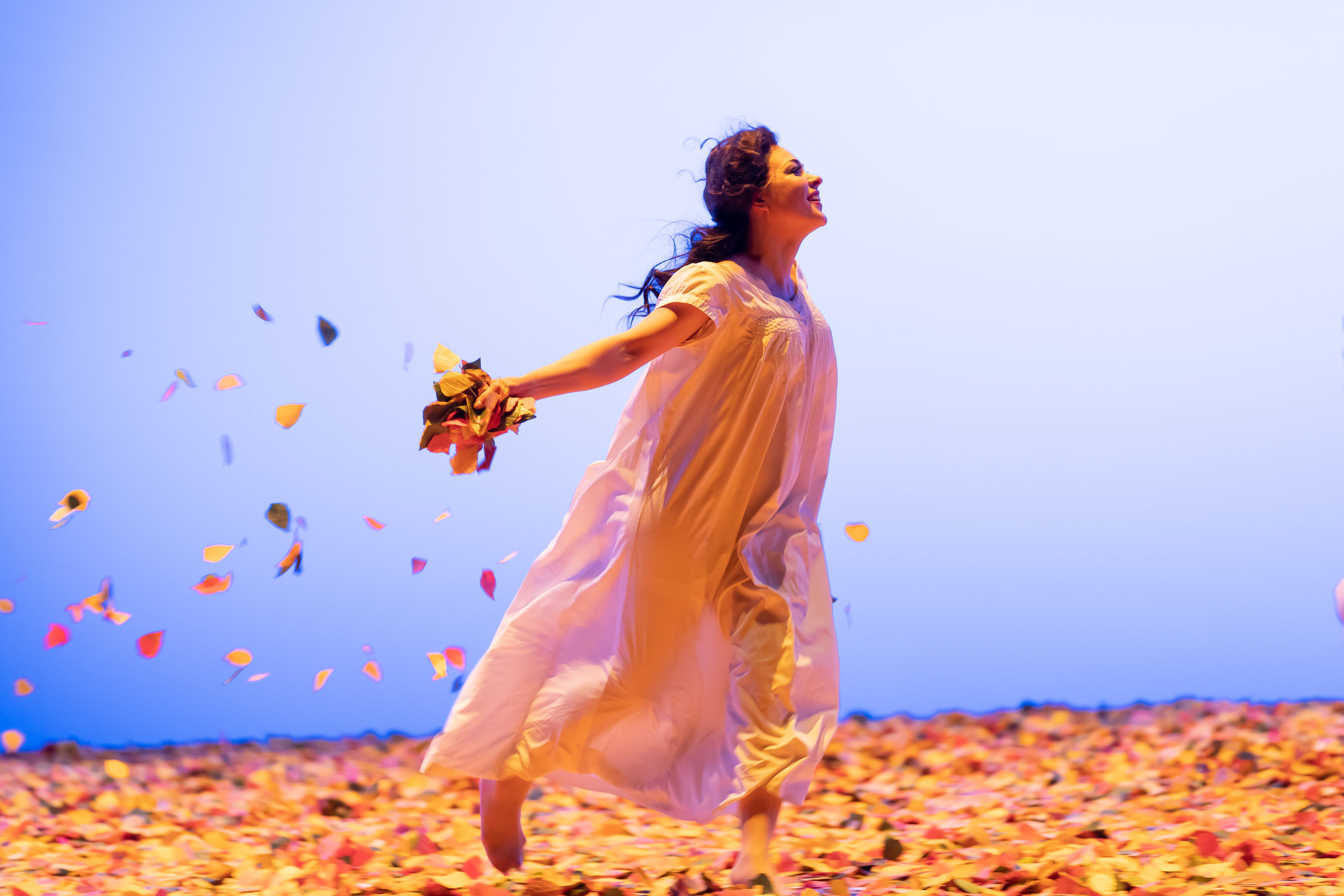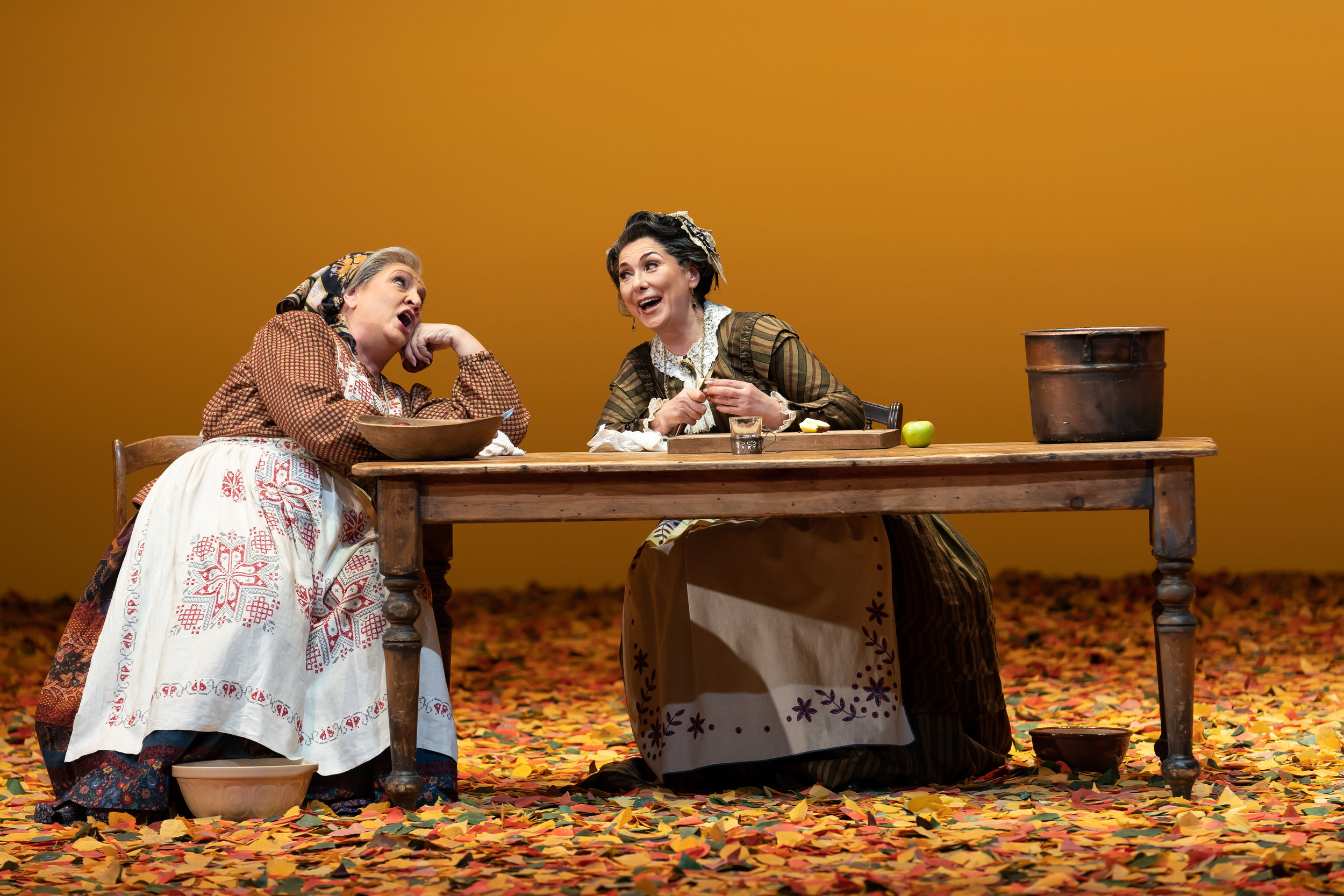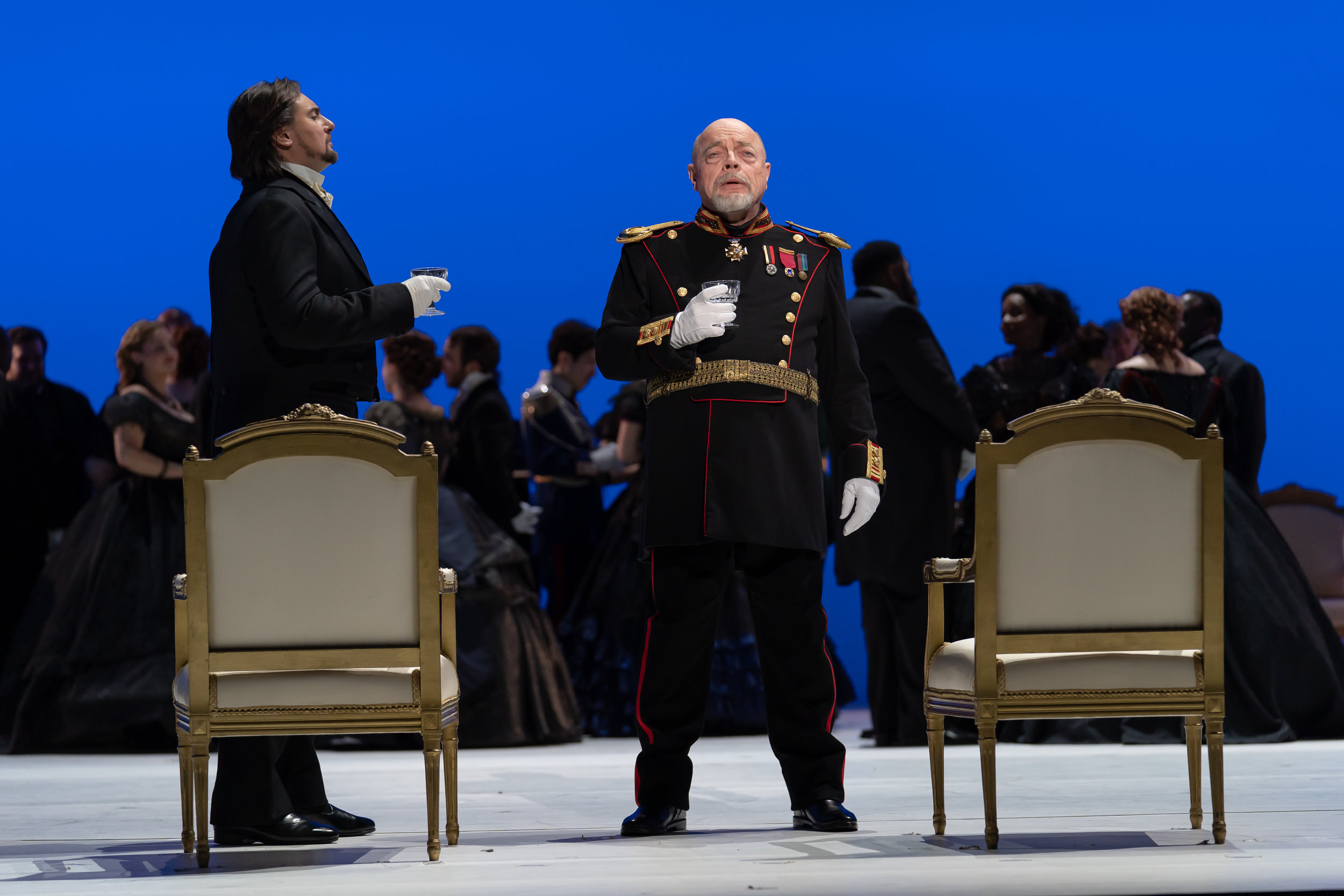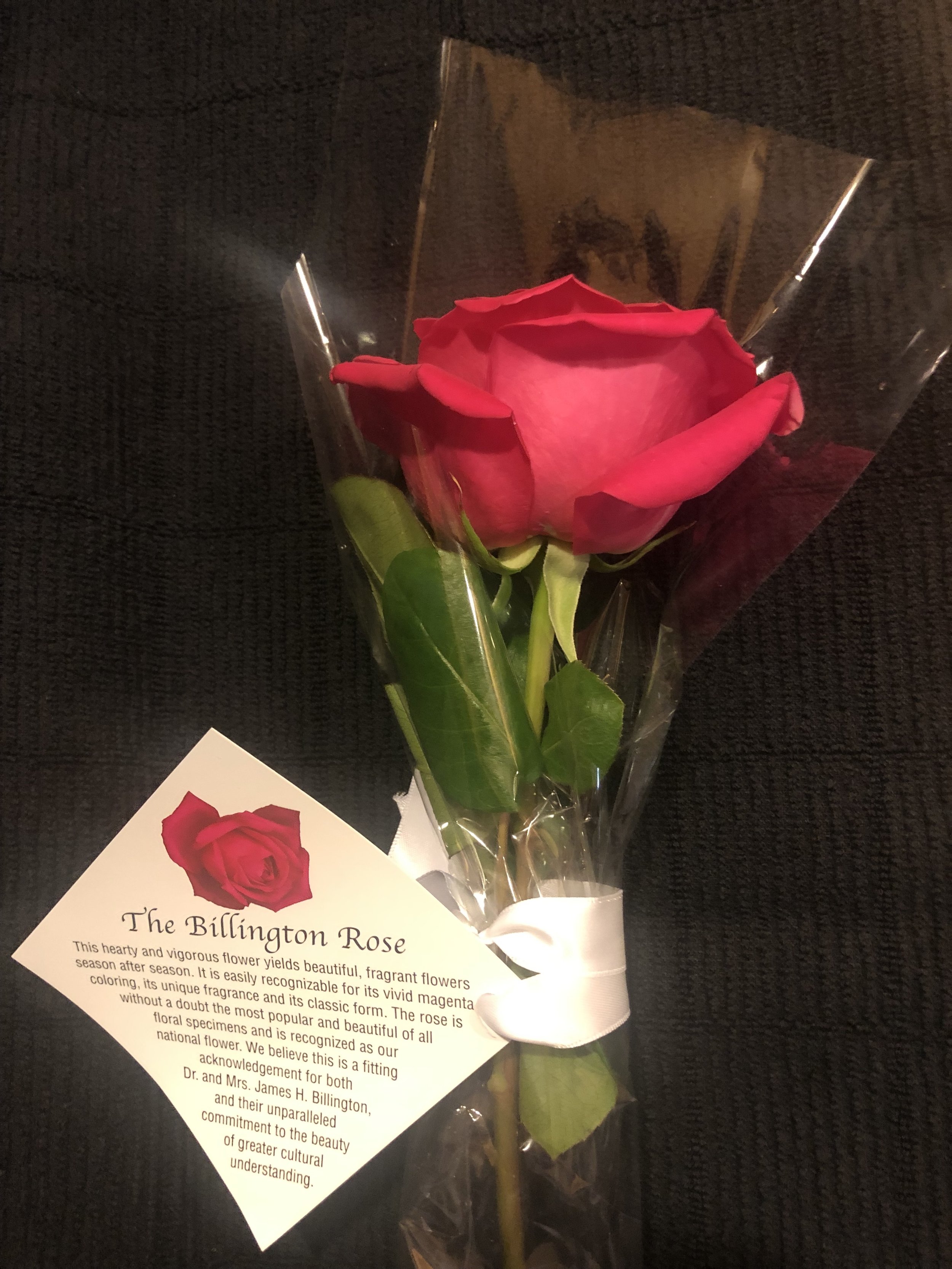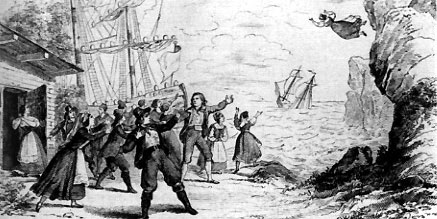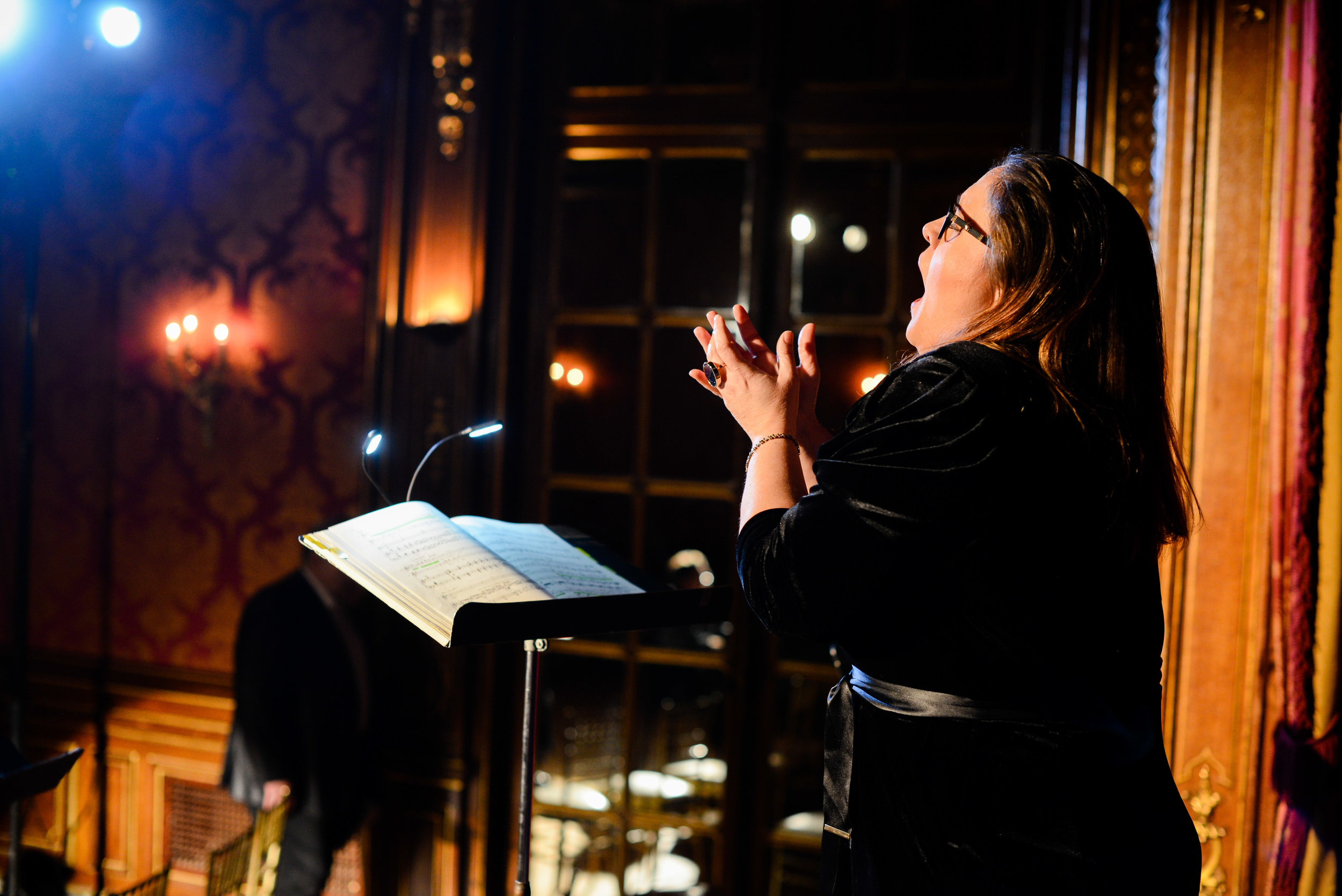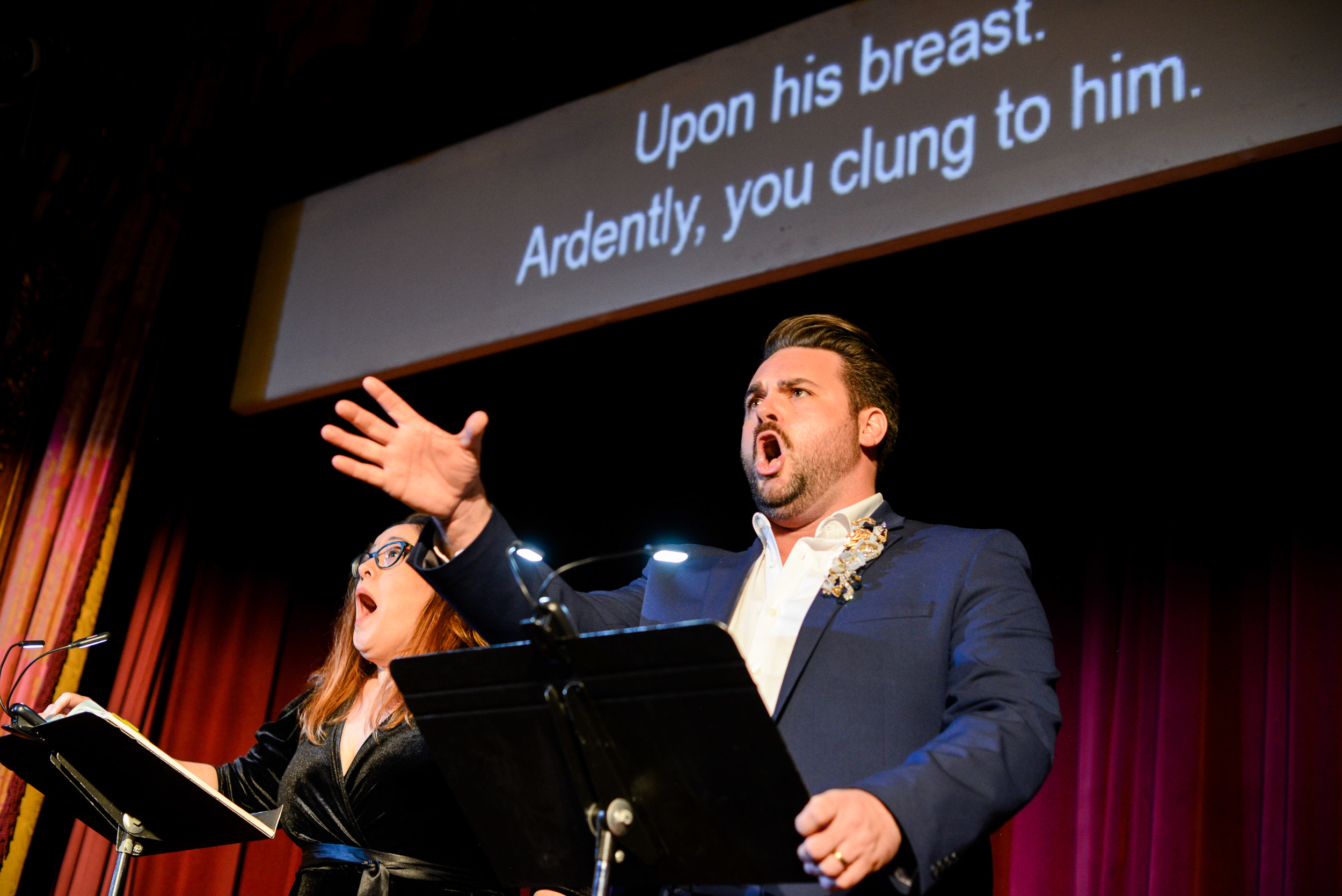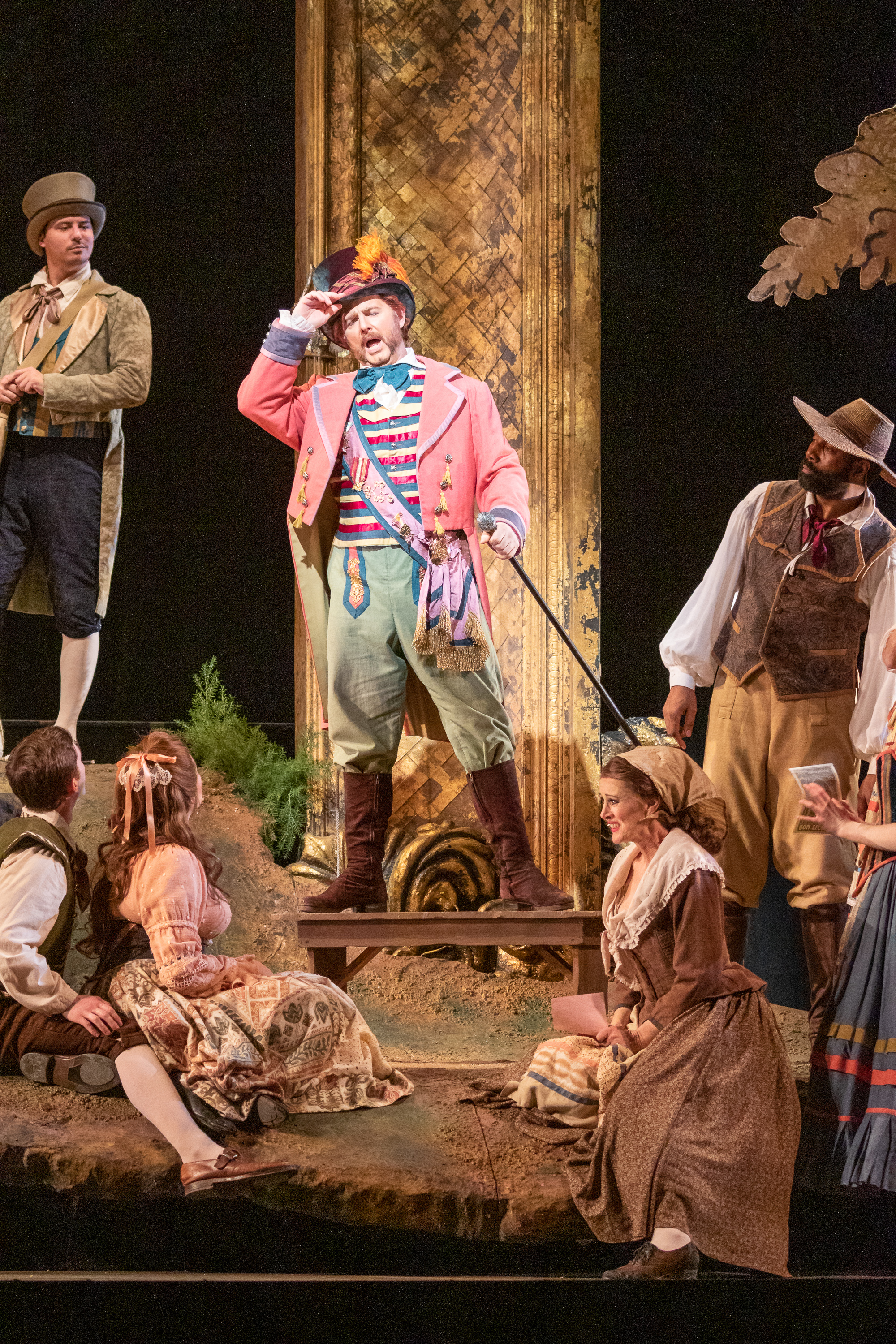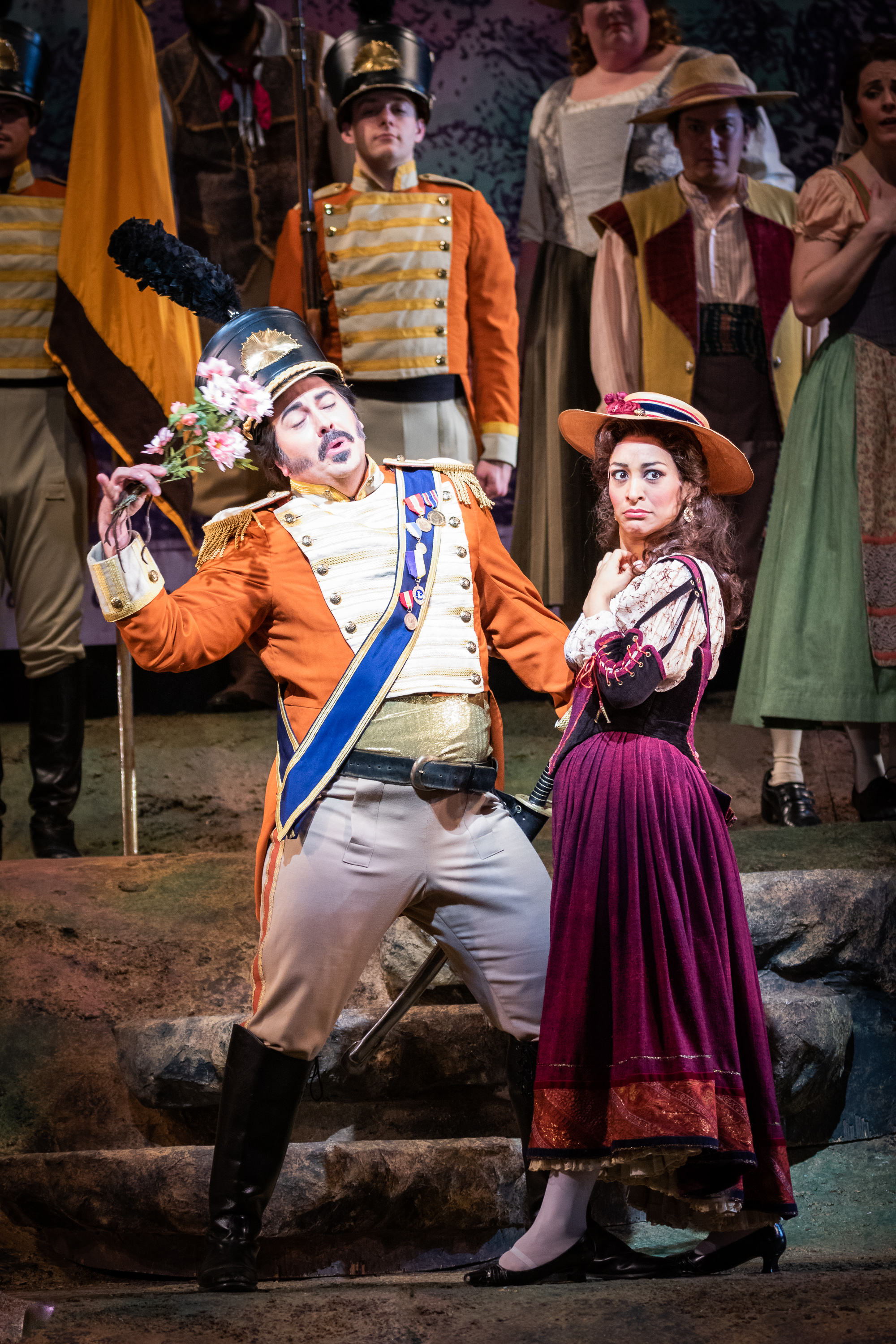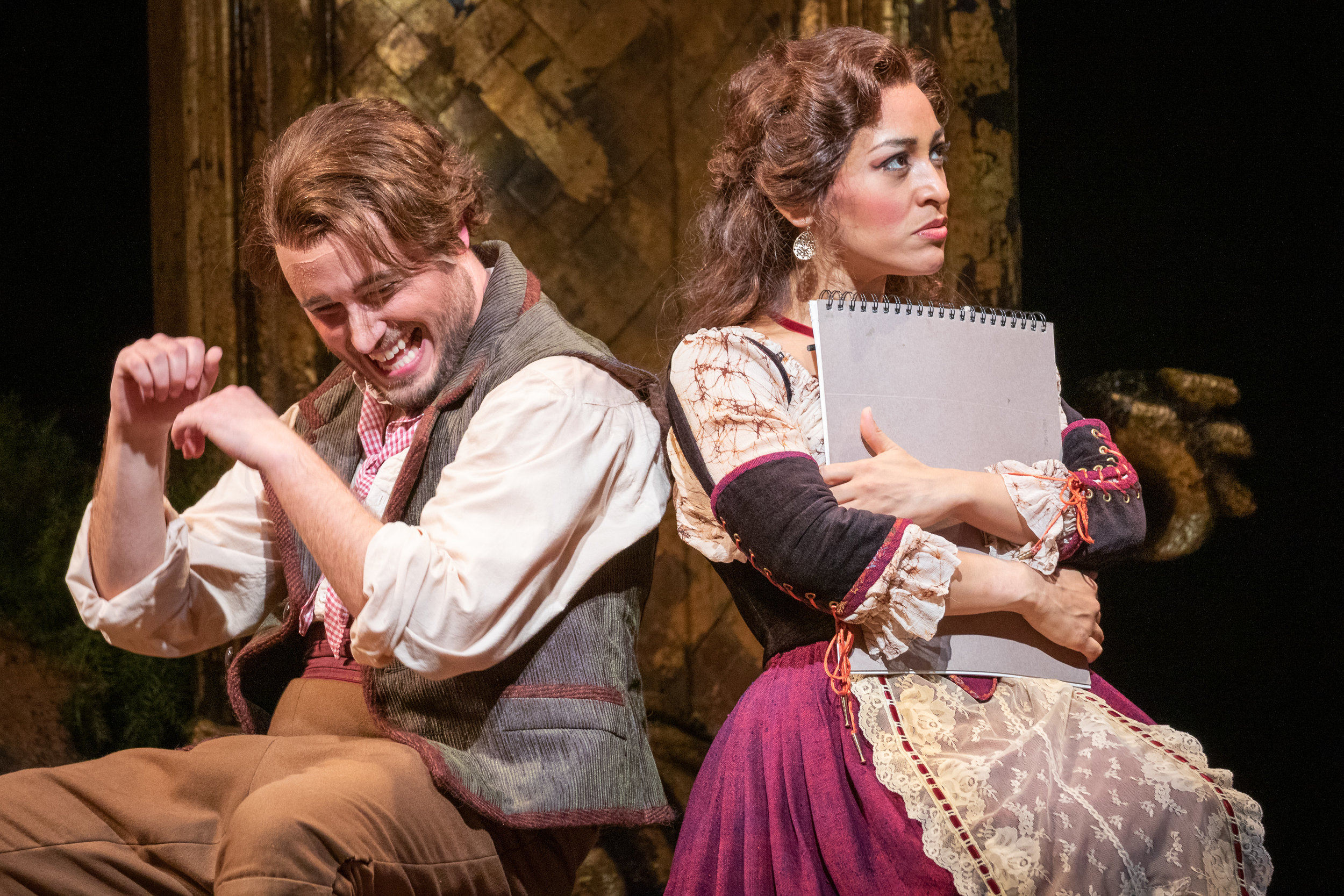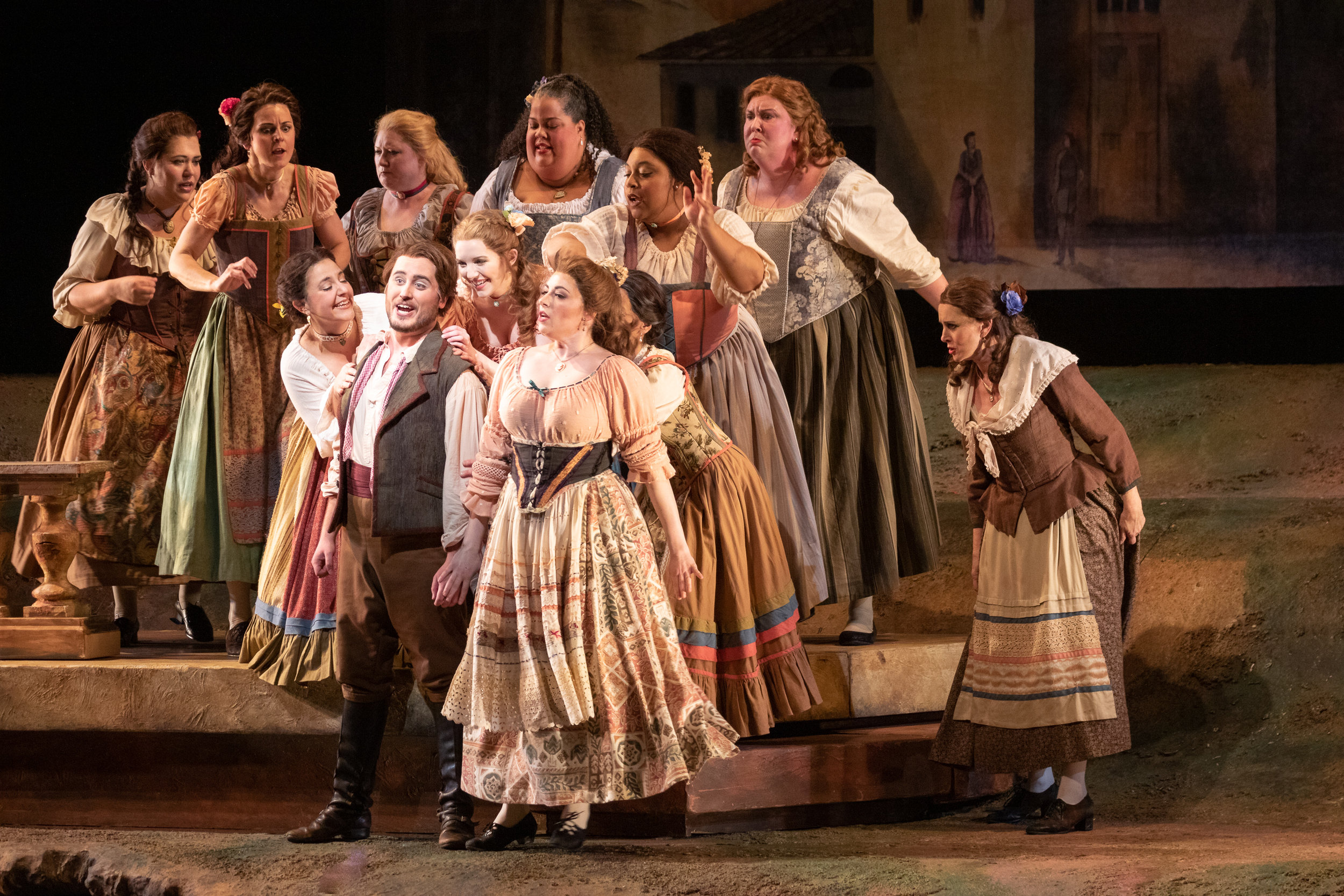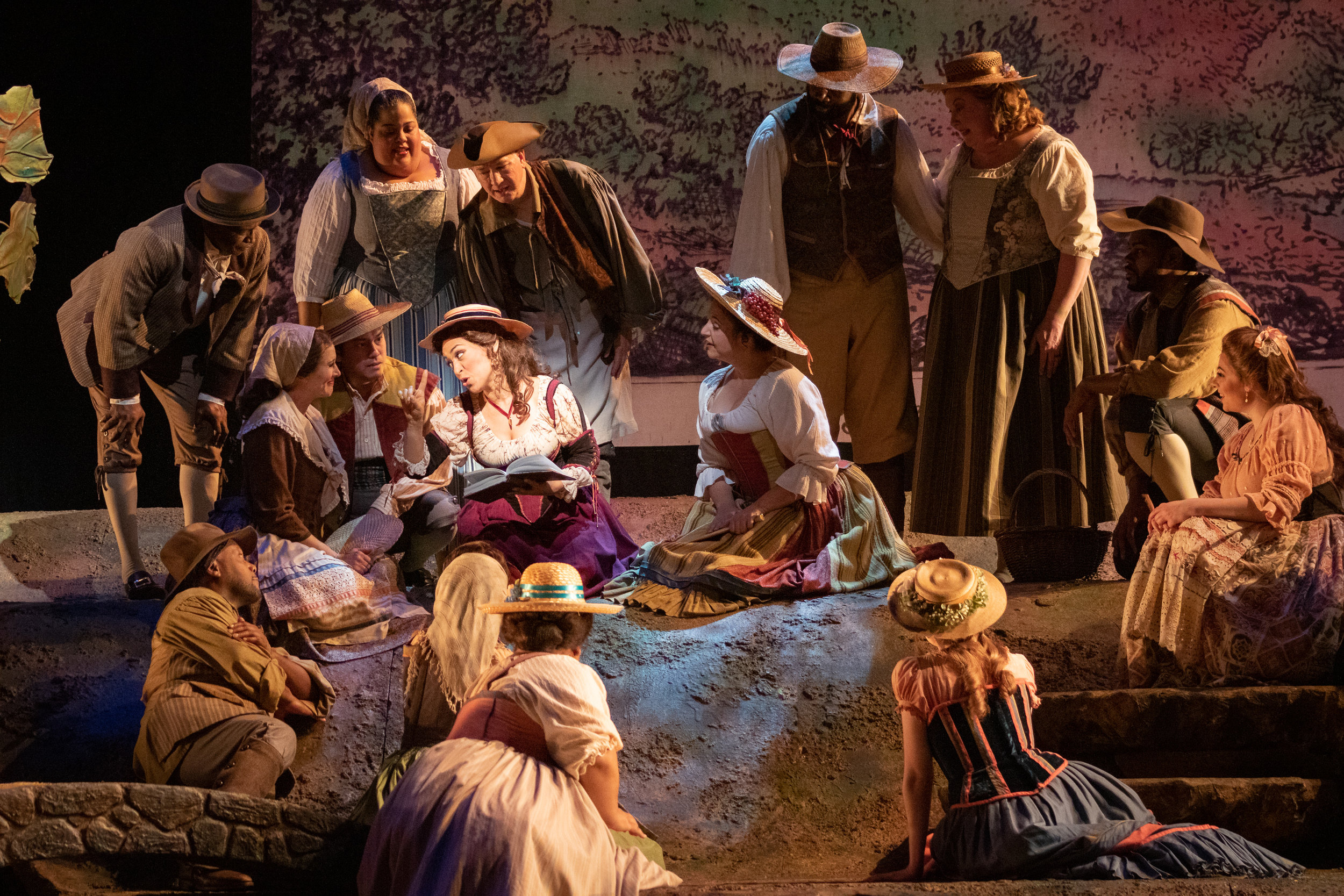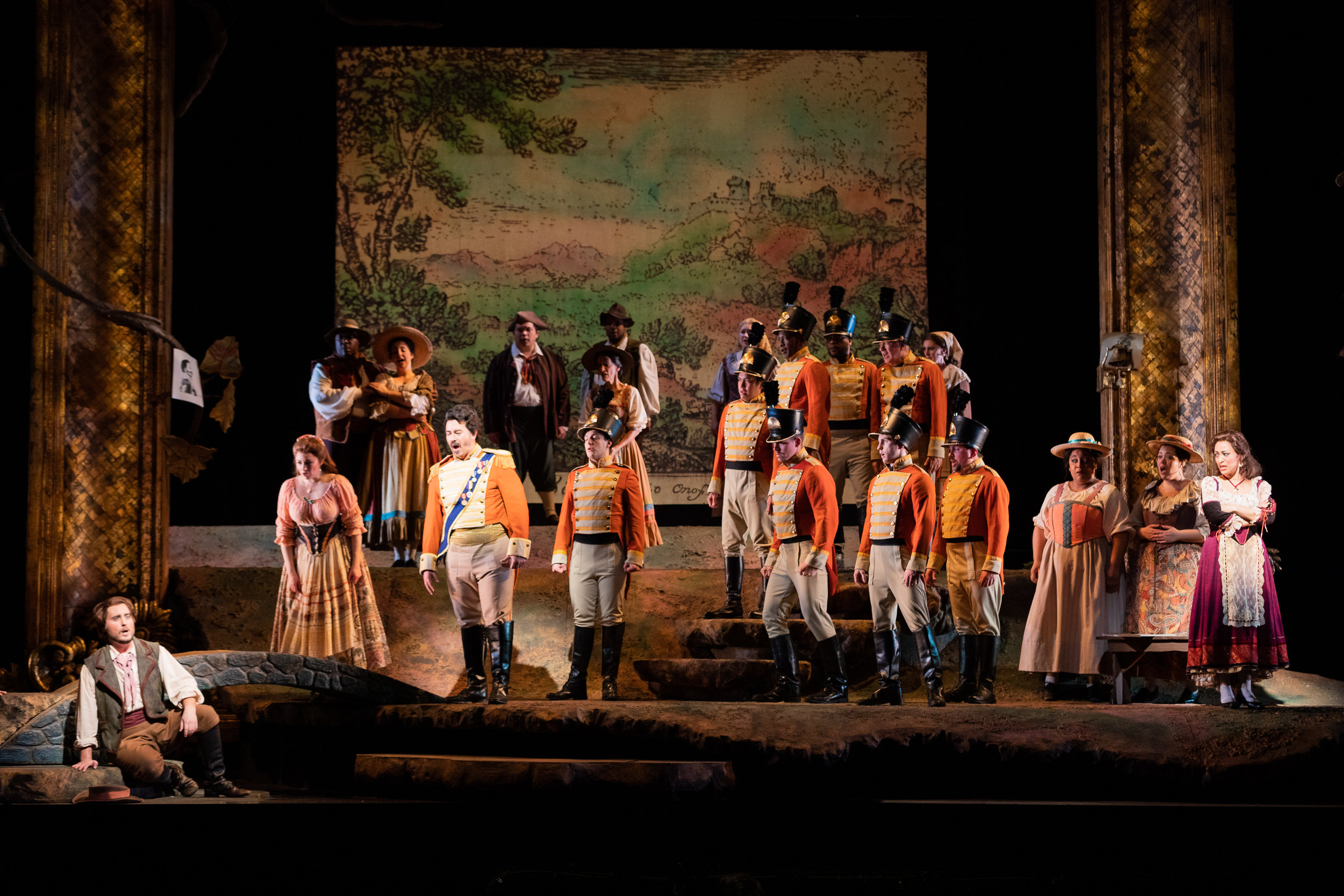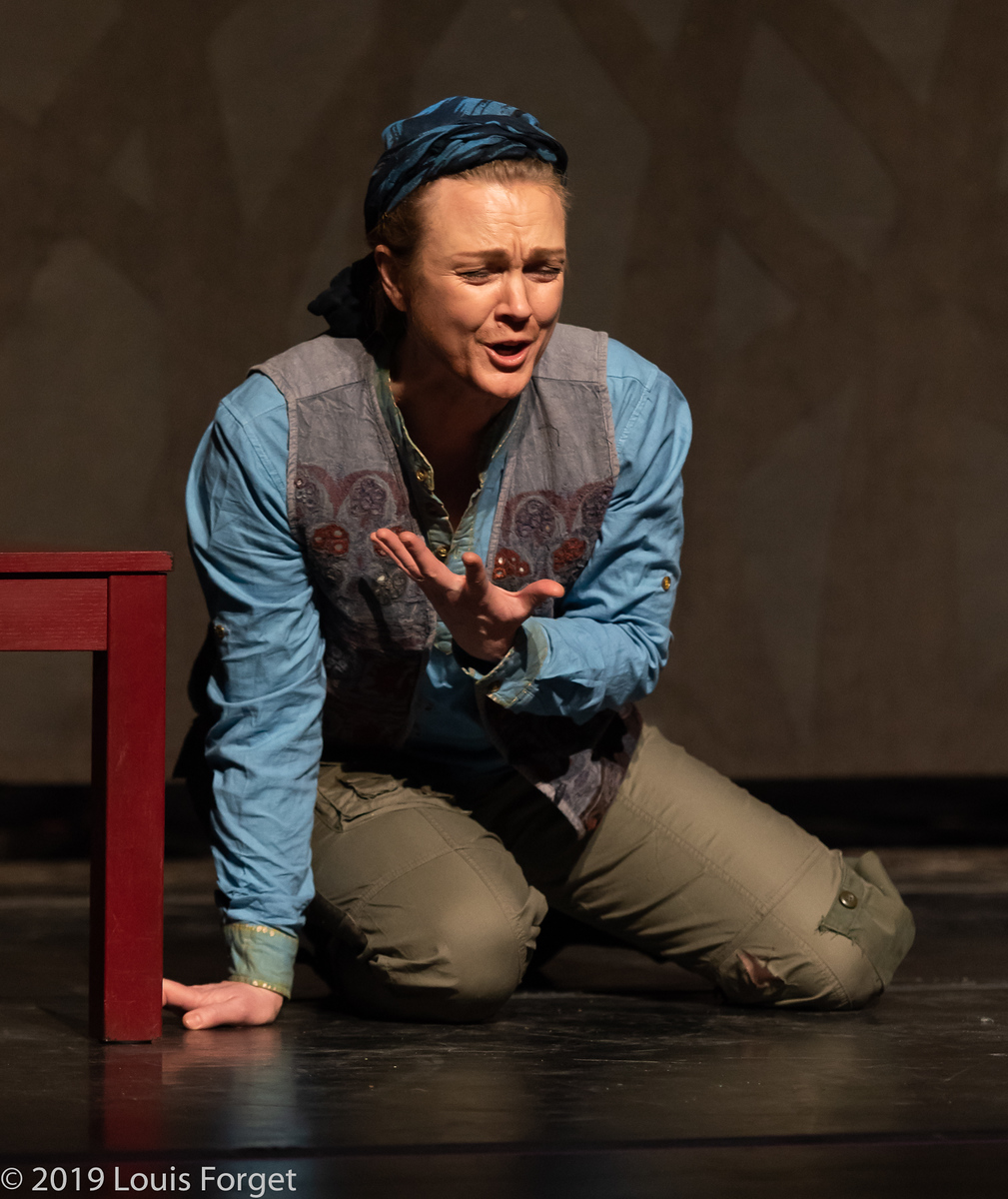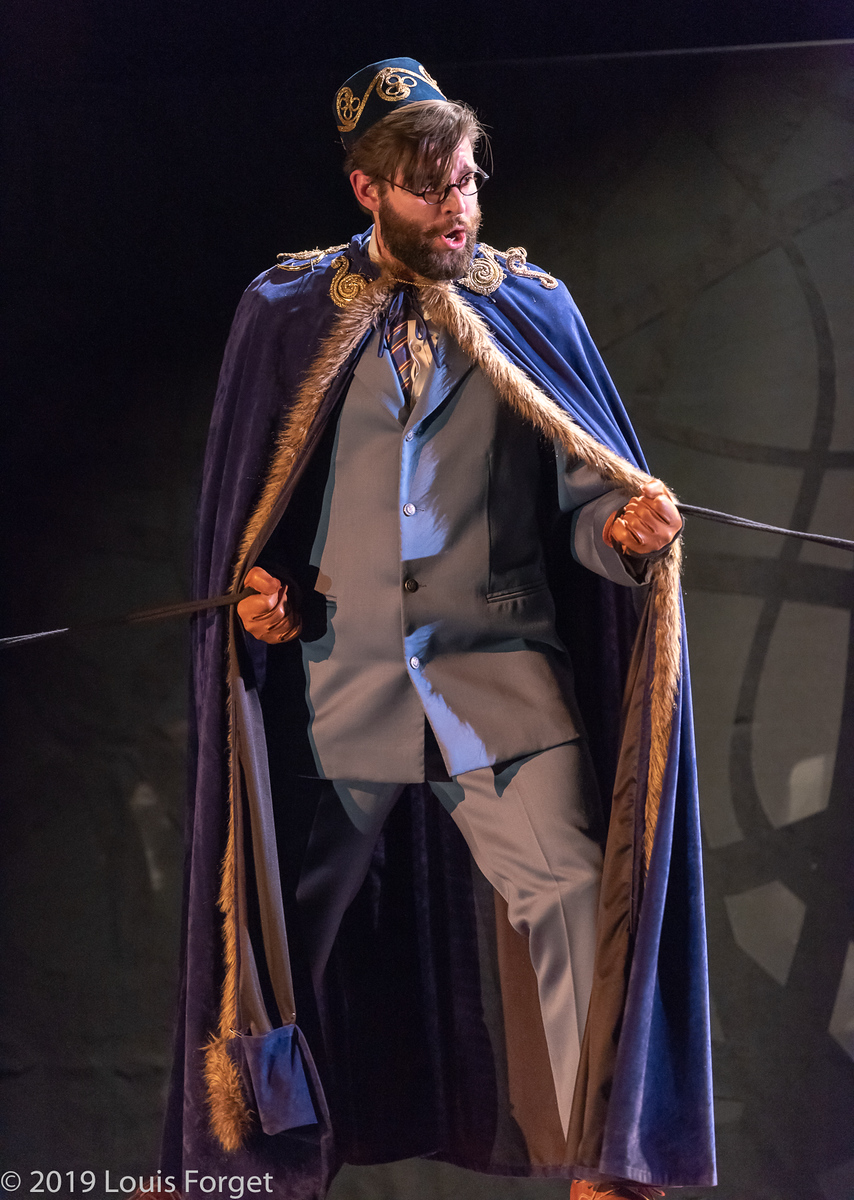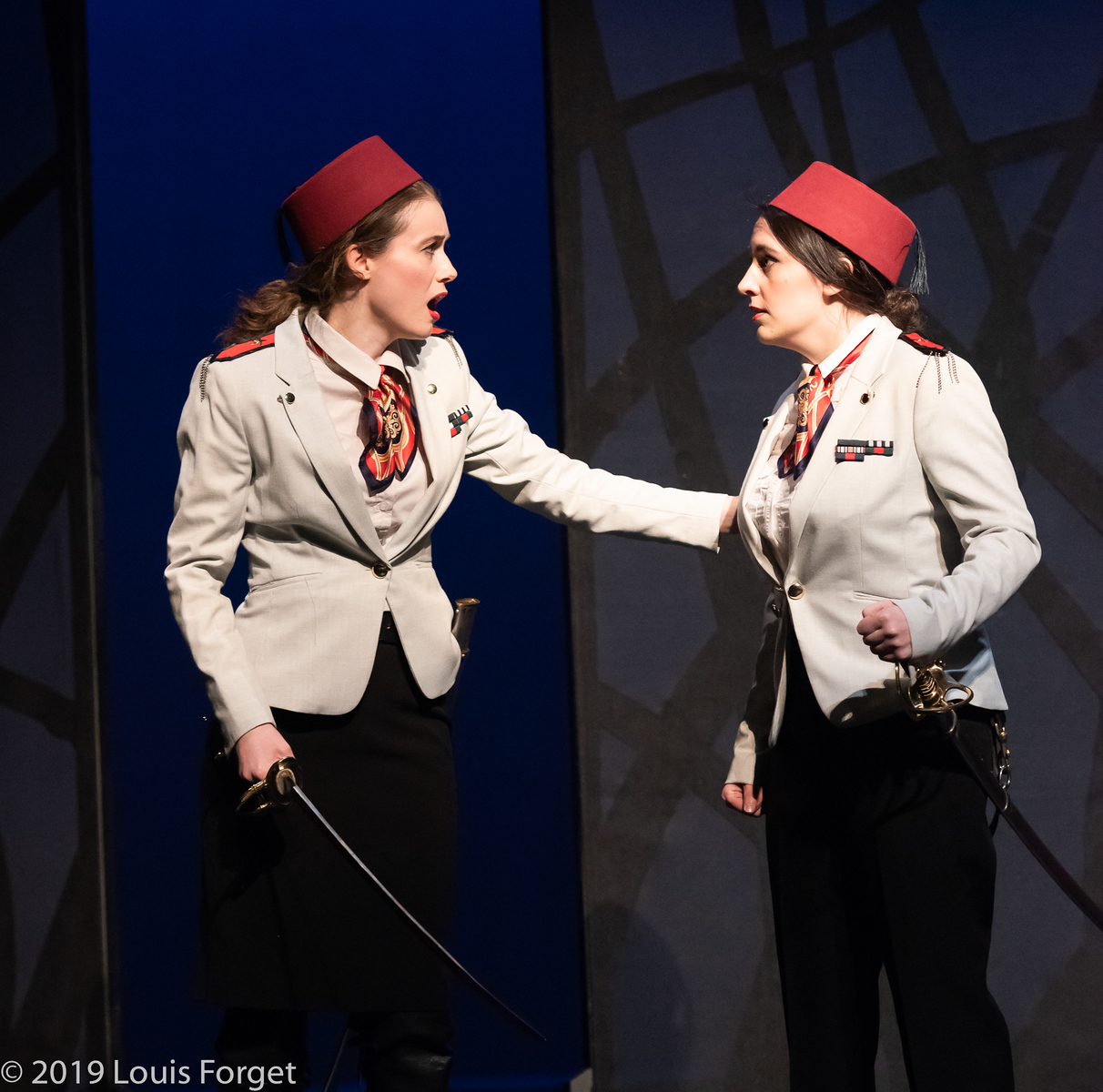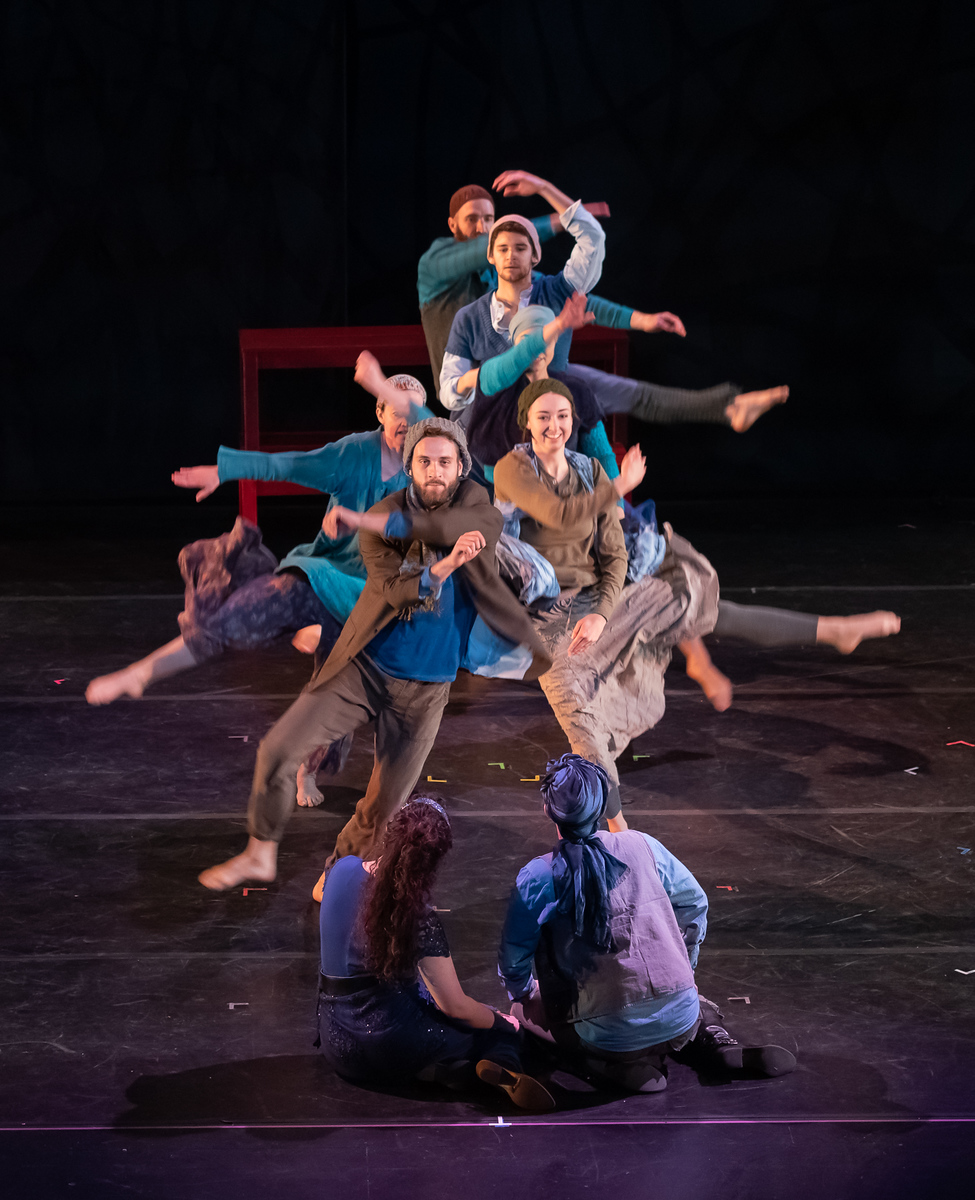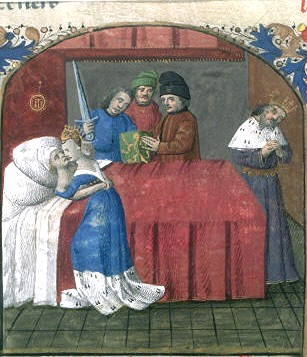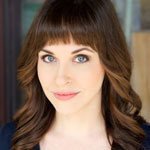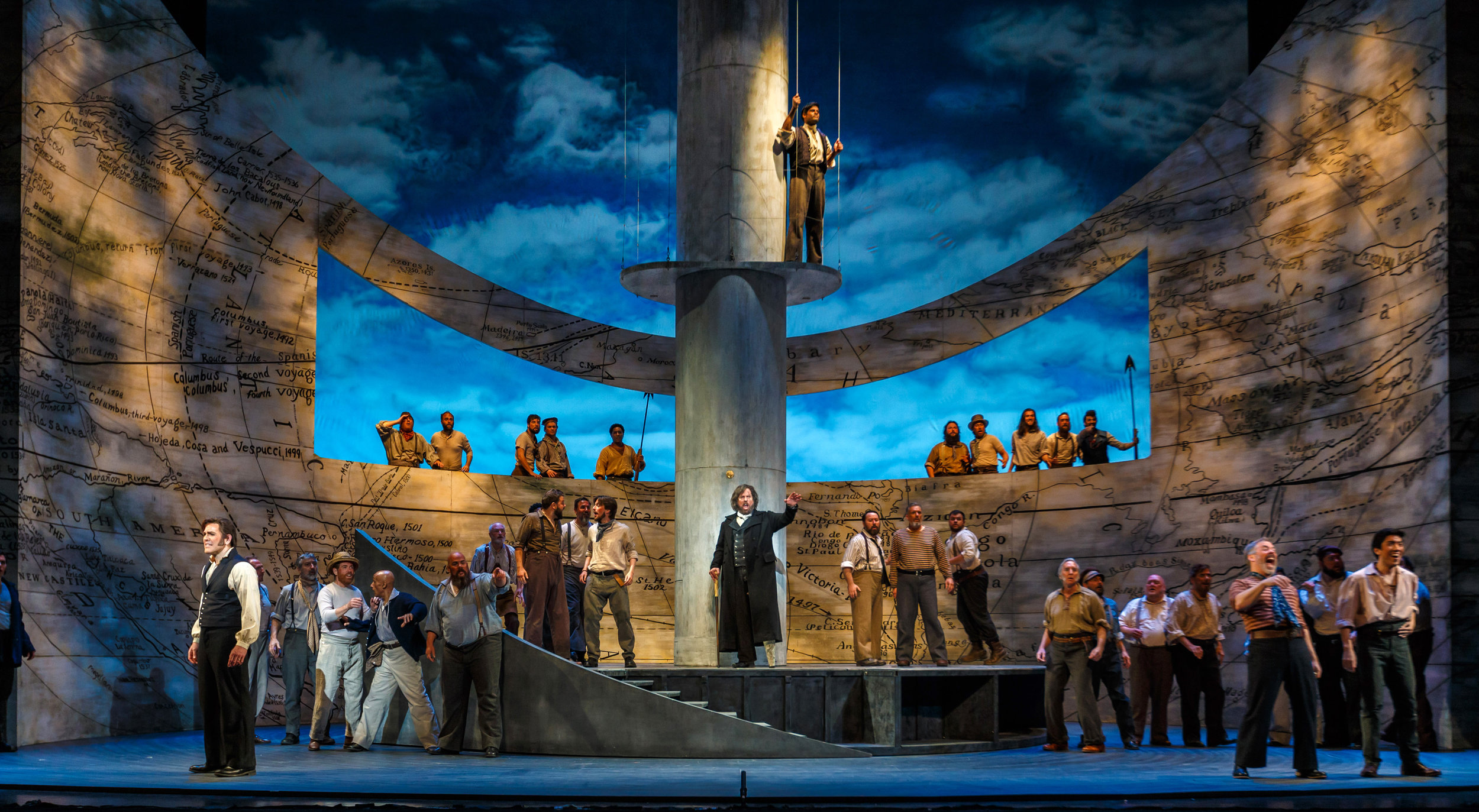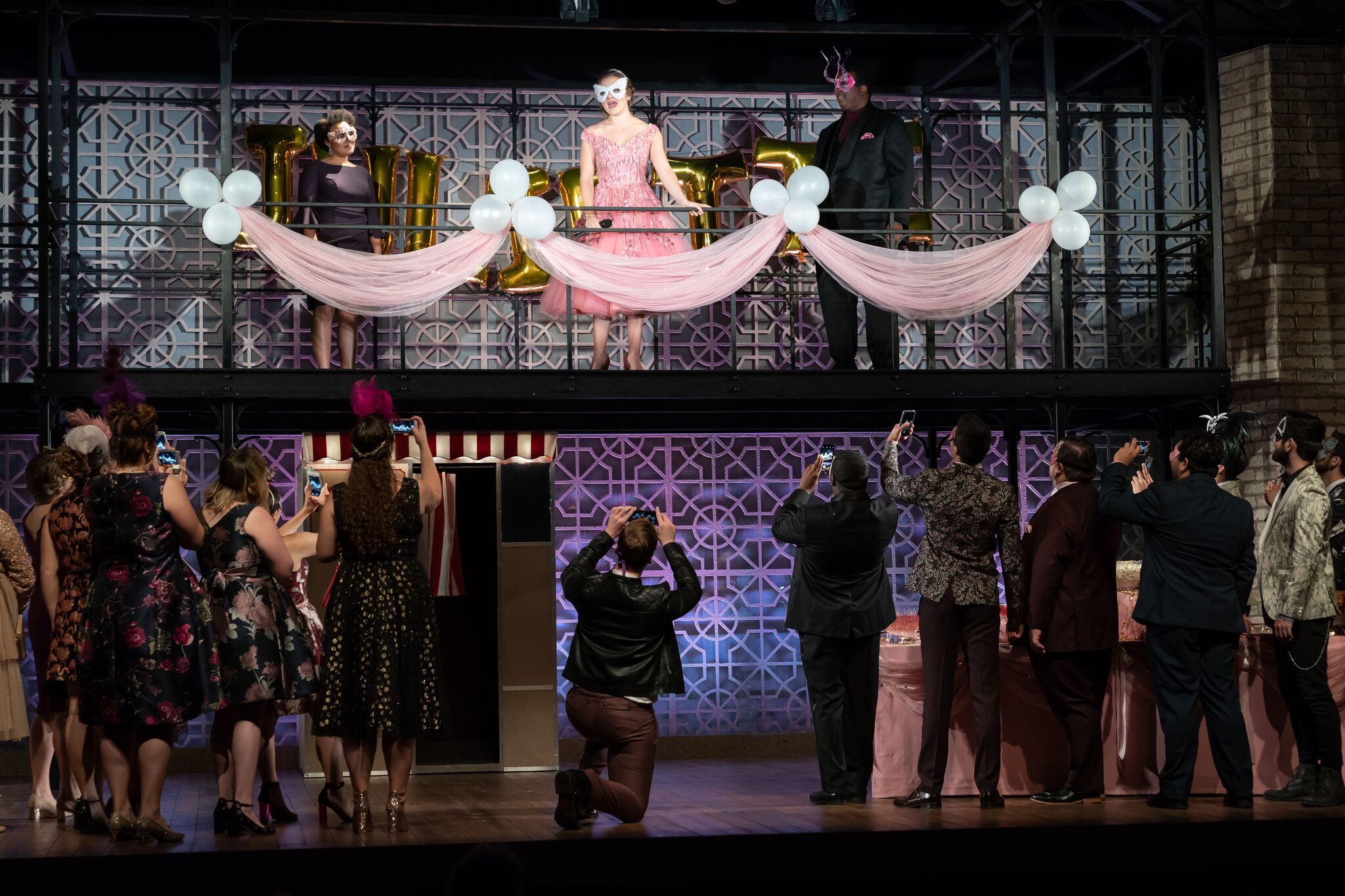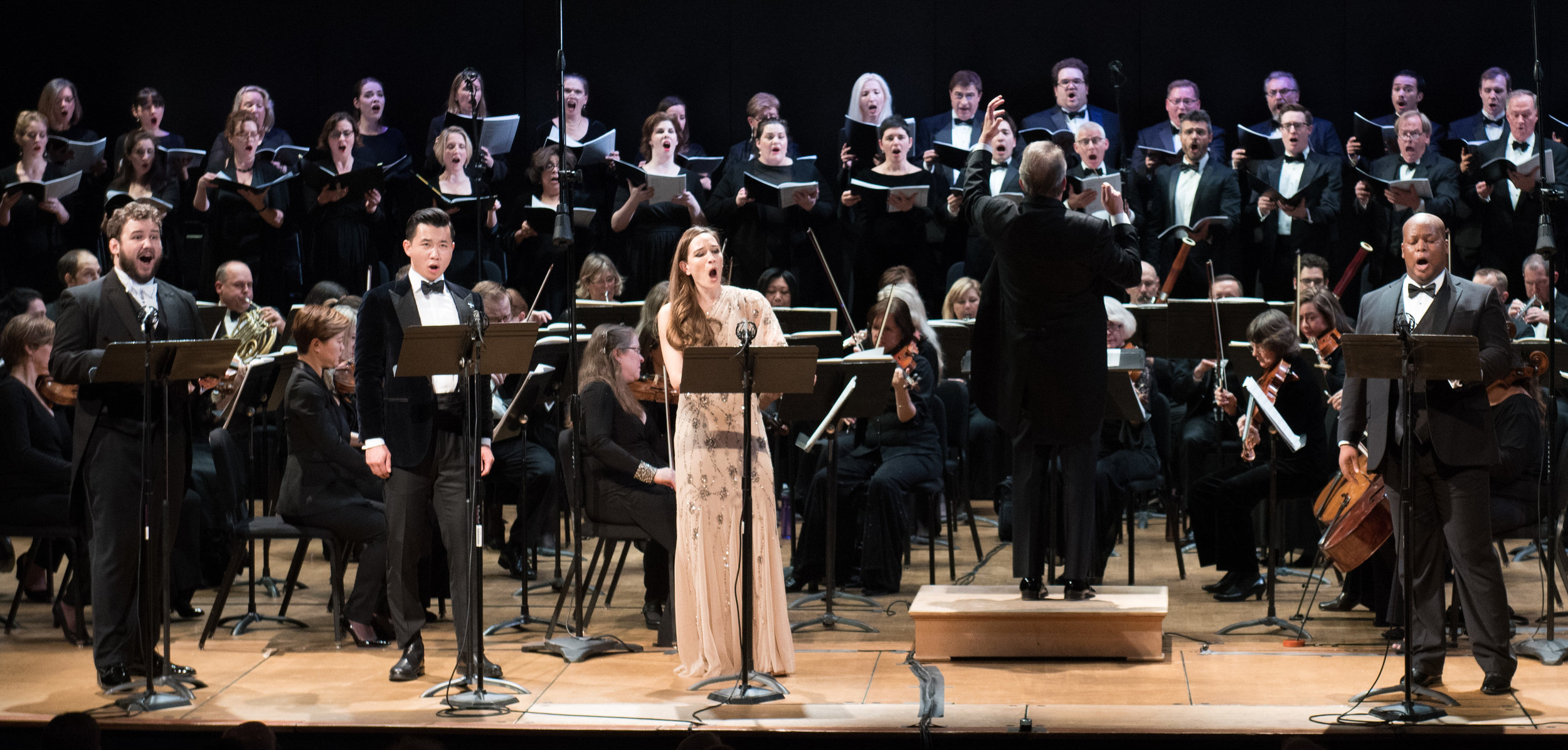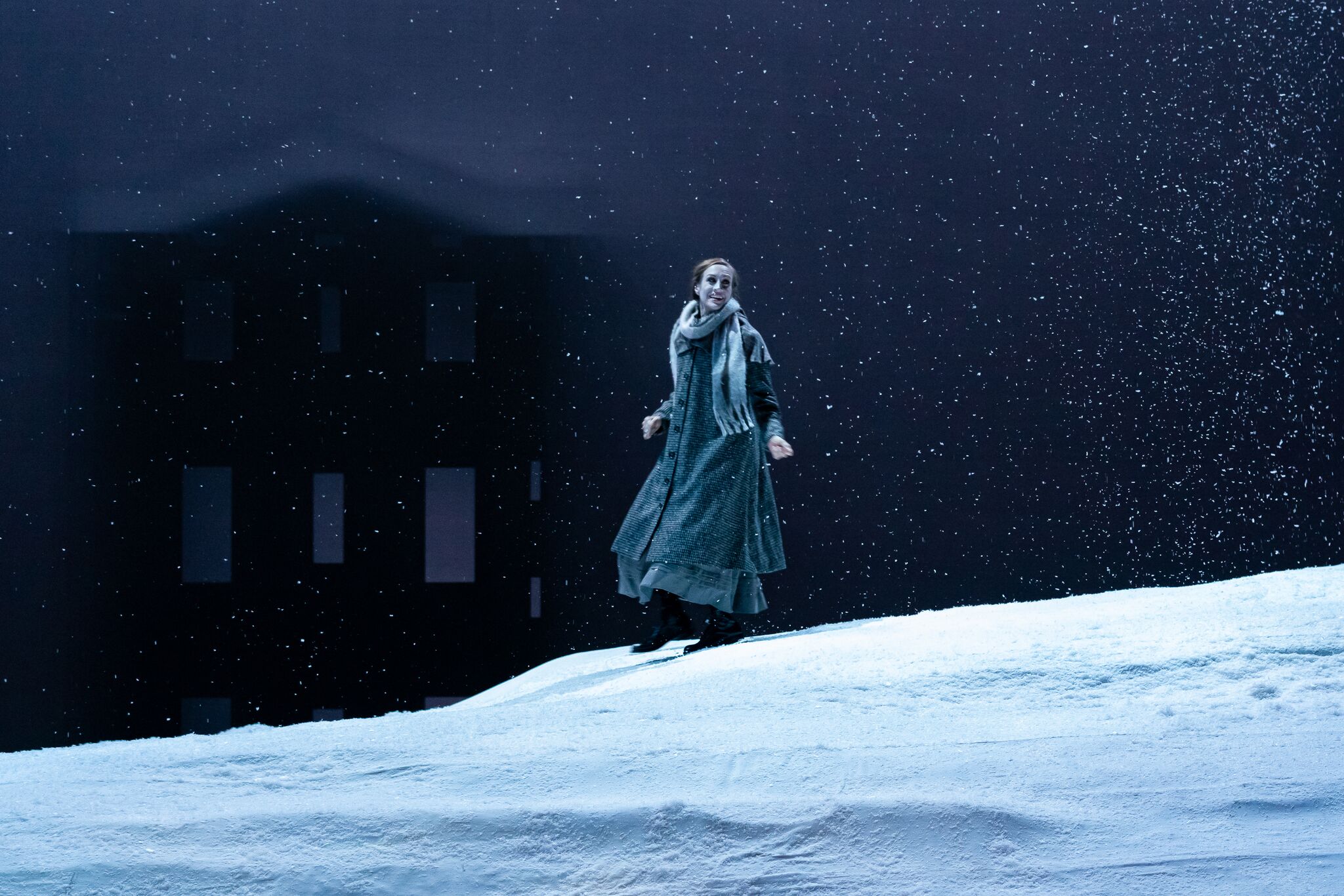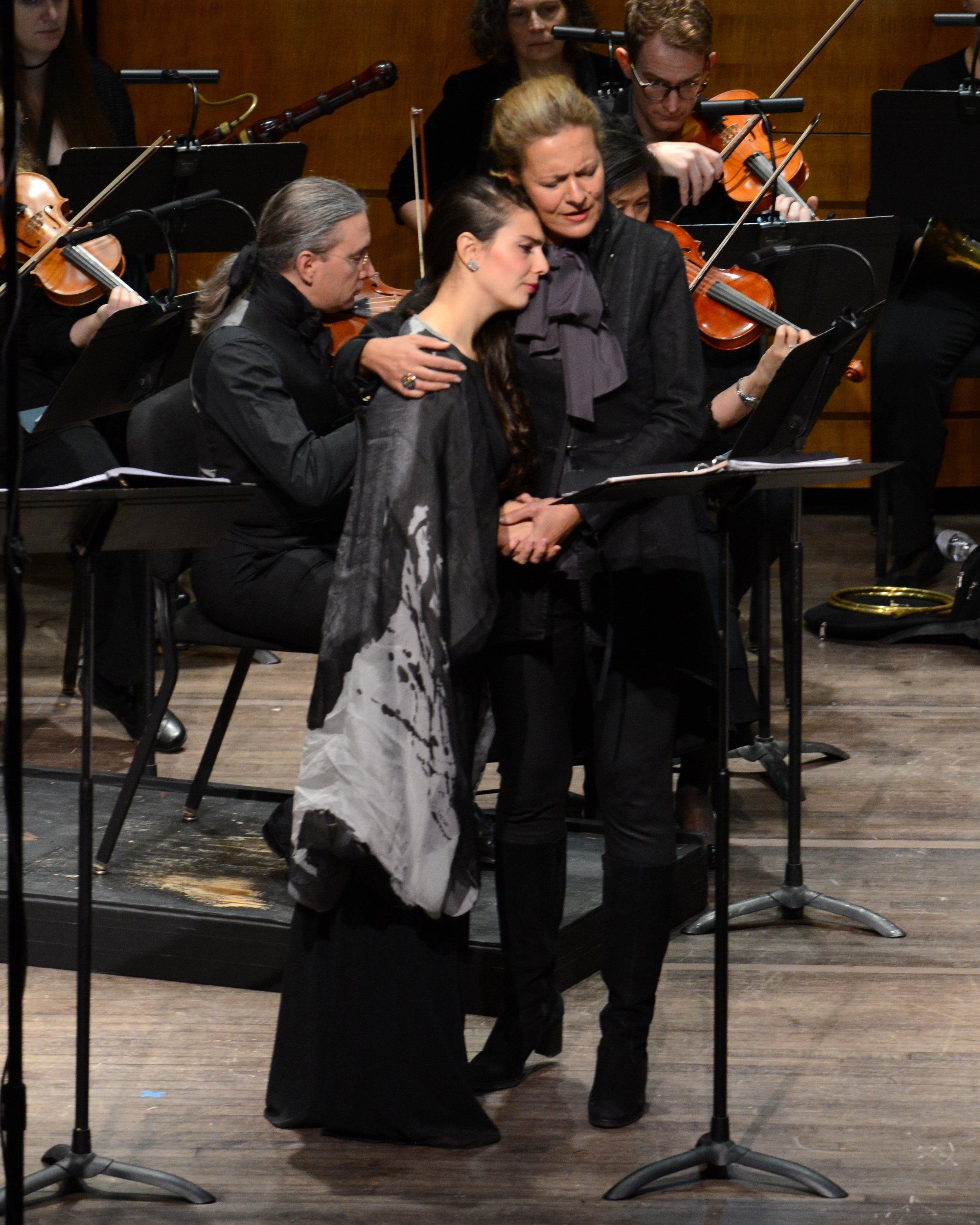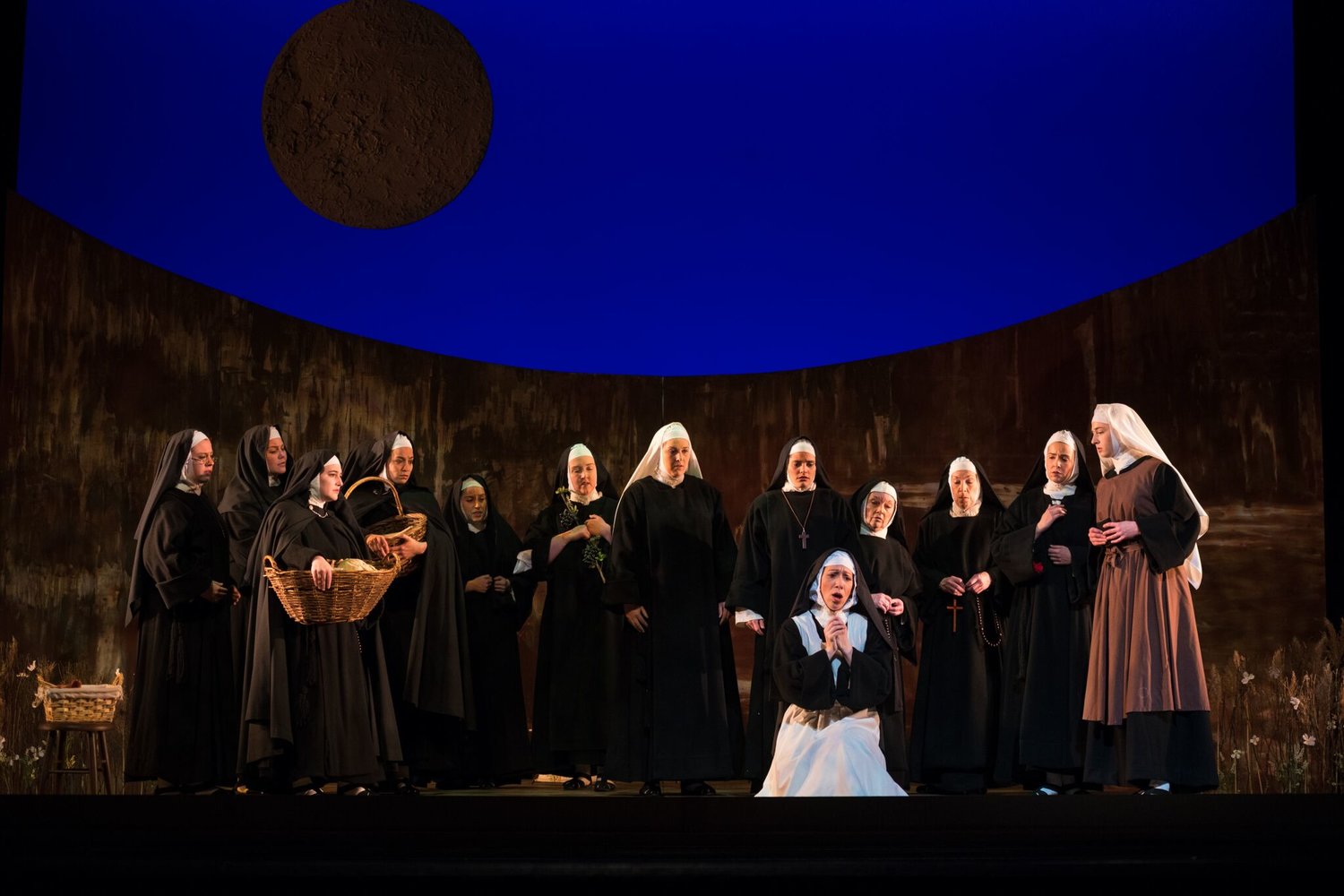Logo courtesy of Annapolis Opera.
It was an awesome experience. My family was looking to get away for the weekend of April 13-14, so I suggested Annapolis where we love to go, and oh by the way, Annapolis Opera is having its 31st Annual Voice Competition that weekend. Mason’s famous lobster rolls and Vin 909’s holistic cuisine and well-curated wine by the glass list is enough to make the Annapolis junket worthwhile anytime, but throw in soaking up opera arias sung live by talented young artists, and you are hitting my awesome button. Frankly, I was amazed at the quality of the competition. It is now on my permanent to do list.
To begin the overall competition, some 70 applicants sent CDs and recordings to Annapolis Opera that were evaluated by three judges (Terry N. Eberhardt, Coordinator of Music in Howard County Public Schools; JoAnn Kulesza, Director of the Opera Program at the Peabody Conservatory; baritone Grant Youngblood, winner of the AO’s first vocal competition. The judgers had no information about the singers except their voice type; the applicants were evaluated only on the quality of their voices and singing. The semi-finalists selected almost always had a BS and a Masters degree in an area of music or voice and had several performance experiences already in recitals and operas; they were already accomplished performers. Thirty semi-finalists were selected from the applicant group, and twenty-seven competed on Saturday – by my count, ten sopranos, six mezzo-sopranos, one countertenor, five tenors, three baritones, one bass-baritone, and one bass.
left to right: pianist Eileen Cornett; finalists: Anastasiia Sidorova, Dana McIntosh, Joshua Conyers, Rebecca Achtenberg, Mandy Brown, Kelsey Roberston, Min Kim Sang, and Rachel Blaustein. Photo by Mike Halbig; courtesy of Annapolis Opera.
Saturday was the semi-final competition, lasting from 10 am until 4:30 pm. The three judges were already seated in the middle of the orchestra section of the 725-seat auditorium when I arrived. Spectators were not allowed to sit in front of the judges. I sat in the center, a few rows behind the judges. At any given time of the day, there were no more than 30 people in the audience; some of them I suspect were family members rotating in and out. The singers came prepared to sing five arias they had selected. At the competition, they chose the first aria to sing, and then, the judges selected one and sometimes two more arias from their list for them to perform. They were all accompanied by the same pianist, more on her later. After each singer was dismissed by the judges, there was appreciative applause from the small audience that always drew a smile from the performers. I have been conditioned for hearing opera with only piano accompaniment by attending performances of the Baltimore Concert Opera, but again I remarked to myself how beautiful these opera arias are with just piano. Part of me wondered why if you love opera, you weren’t in the audience; the other part said enjoy it - this is as close to a private concert with opera stars as you are going to get.
Third Prize winner, mezzo-soprano, Kelsey Roberston. Photo by Mike Halbig; courtesy of Annapolis Opera.
I would be totally remiss if I did not point out the phenomenal job done by the pianist, Eileen Cornett. Ms. Cornett established the graduate Vocal Accompanying Program in Collaborative Piano at the Peabody Conservatory and serves as principal coach with Peabody’s Opera Theatre Program; she also has a distinguished performance history. She played piano accompaniment for twenty-seven different singers singing about fifty different arias and sounded great for all of them. Her page turner was Ms. Sophia Dutton. Kudos to both!!!
Ok, I have to give the judges credit too, though I’m going to disagree with them some. I’m just an opera fan, while they have impressive opera credentials. The distinguished semi-final judges were soprano Phyllis Bryn-Johnson, who recently retired after 31 years as chair of the Voice Department at the Peabody Conservatory, solo pianist Dr. Lester Green, Artistic Director for the the Coalition for African Americans in the Performing Arts; soprano Arianna Zukerman, who I saw perform recently at the Kennedy Center in Opera Lafayette’s Cerere Placata; enough said. But having said that, I could not resist making my own evaluations as the singers performed. While the judges used criteria of Voice, Music, Muscianship, Technique, Interpretation, Stage Presence/Personality, and Potential for Career in Opera. I on the other hand used the more demanding criterion of how much I enjoyed the performance; enough said. Hey, when you are watching the Olympics gymnastics competitions do you always agree with the judges, or how about those baseball umpires calling balls and strikes?
Eileen Cornett, page turner Sophia Dutton, and Second Prize winner, soprano Rebecca Achtenberg. Photo by Mike Halbig; courtesy of Annapolis Opera.
Again, the judges were not given any biographical info on the contestants, only their names and list of arias. The judges picked eight singers and two alternates to move forward to the finals; the finalists were soprano Rebecca Achtenberg, soprano Rachel Blaustein, soprano Mandy Brown, baritone Joshua Conyers, countertenor Min Sang Kim, soprano Dana McIntosh, mezzo-soprano Kelsey Roberston, and mezzo-soprano Anastasiia Sidorova; the alternates were baritone Nate Buttram and tenor Christopher Wolf.
I myself had rated about two-thirds of the semi-finalists as finalist-worthy and of those I chose eight as my favorites. Of my favorites, three were the judges’ finalists (Conyers, Kim, and Roberston) and one (Wolf) was an alternate. Among my eight favorites, Kelsey Roberston was my top choice. When Ms. Roberston first started to sing her Mozart aria, I was looking at her bio listing in my lap. My head involuntarily snapped up as though called to attention and for the next several minutes all I could think was ‘please keep singing’. My four favorites who didn’t make the judges’ list of finalists or alternates were tenor Hyunho Cho (who came in 2nd last year), soprano Yihan Duan, soprano Nina Mutalifu, and baritone Daniel Rich. I’m telling you; keep an eye on this Rich fellow. All touched me with their beautiful sound, and I hope to hear them perform again. I liked all the singers. You know, for me the competition was just fun, but for them, it must have been really stressful. I admired their courage to do this as well as their talent.
Pianist Eileen Cornett, page turner Sophia Dutton, and First Prize winner, baritone Joshua Conyers. Photo by Mike Halbig; courtesy of Annapolis Opera.
The audience was larger for the finals on Sunday. With a smaller area roped off for the judges, I’d guess the concert hall was a little over half full. The judges for the finals were also accomplished and distinguished: soprano Carmen Balthrop, Professor and Chair of the Department of Voice/Opera Division at the School of Music, University of Maryland Baltimore County; Joan Dorneman, Assistant Conductor at Met Opera, famous opera coach, and generally regarded as opera royalty; Ronald J. Gretz, Artistic Director and Conductor, Annapolis Opera, also Organist and Choir Conductor, University Baptist Church in Baltimore. One aspect of the finals was that each singer’s choice of their aria to sing was the same on both days, but the judges choices were different in six of the eight cases from day to day. My responses to the singers changed somewhat on hearing them on day two, especially when their second aria was different. The overall winner was baritone Joshua Conyers, a member of the Kennedy Center’s Domingo-Cafritz Young Artist Program and a Wolf Trap Filene Artist. I had heard Mr. Conyers sing several times before and definitely was prejudiced in his favor; he has a big, emotionally-laced baritone voice and excellent diction. The audience voted on their favorite performer and he won that award as well. I admit I had under-estimated soprano Rebecca Achtenberg on Saturday and had to agree with the judges awarding her second prize on Sunday. Then, my personal favorite came in third – yes!!! I thought all the finalists gave excellent performances and would love to hear them sing again.
The judges final results:
FIRST PRIZE ($3,500): baritone Joshua Conyers
SECOND PRIZE ($2,000): soprano Rebecca Achtenberg
THIRD PRIZE ($1,500): mezzo-soprano Kelsey Roberston
ENCOURAGEMENT AWARDS ($1,000): soprano Rachel Blaustein; soprano Mandy Brown; countertenor Min Sang Kim; soprano Dana MacIntosh; mezzo-soprano Anastasiia Sidorova
AUDIENCE CHOICE AWARD ($1,500): baritone Joshua Conyers
During the 2016 Olympics, I wrote a blog report titled, “Why Singing Opera Could Be An Olympic Event”. I ended by saying why I thought it would not actually become an Olympic event: “Opera’s ultimate purpose is different from athletics. First, the higher purpose of neither the Olympics nor Opera is to entertain us. I think that the Olympics’ purpose is to inspire us with human achievement and its potential. Opera’s is to touch our hearts, minds, and souls by re-connecting us to our humanity.” I still agree with myself, but I was certainly entertained on Saturday and Sunday.
I honestly did not care that much who won the top spot in the finalists competition on Sunday. I felt everyone who participated won by taking another step towards realizing their dream of becoming a professional opera singer. The audience was also a winner for getting to hear such wonderful performances, and for the finals, I just wanted to hear the singing! So, thank you Annapolis Opera, and to all the singers, please keep singing!
The Fan Experience: This event was open to the public and free thanks to a grant from the Helena Foundation, Jim and Silvia Earl. The acoustics in the Maryland Hall for the Creative Arts was quite good and parking was free. The next event there by Annapolis Opera will be the Grand Finale: Denyce Graves in Concert, May 5 at 3 pm.









